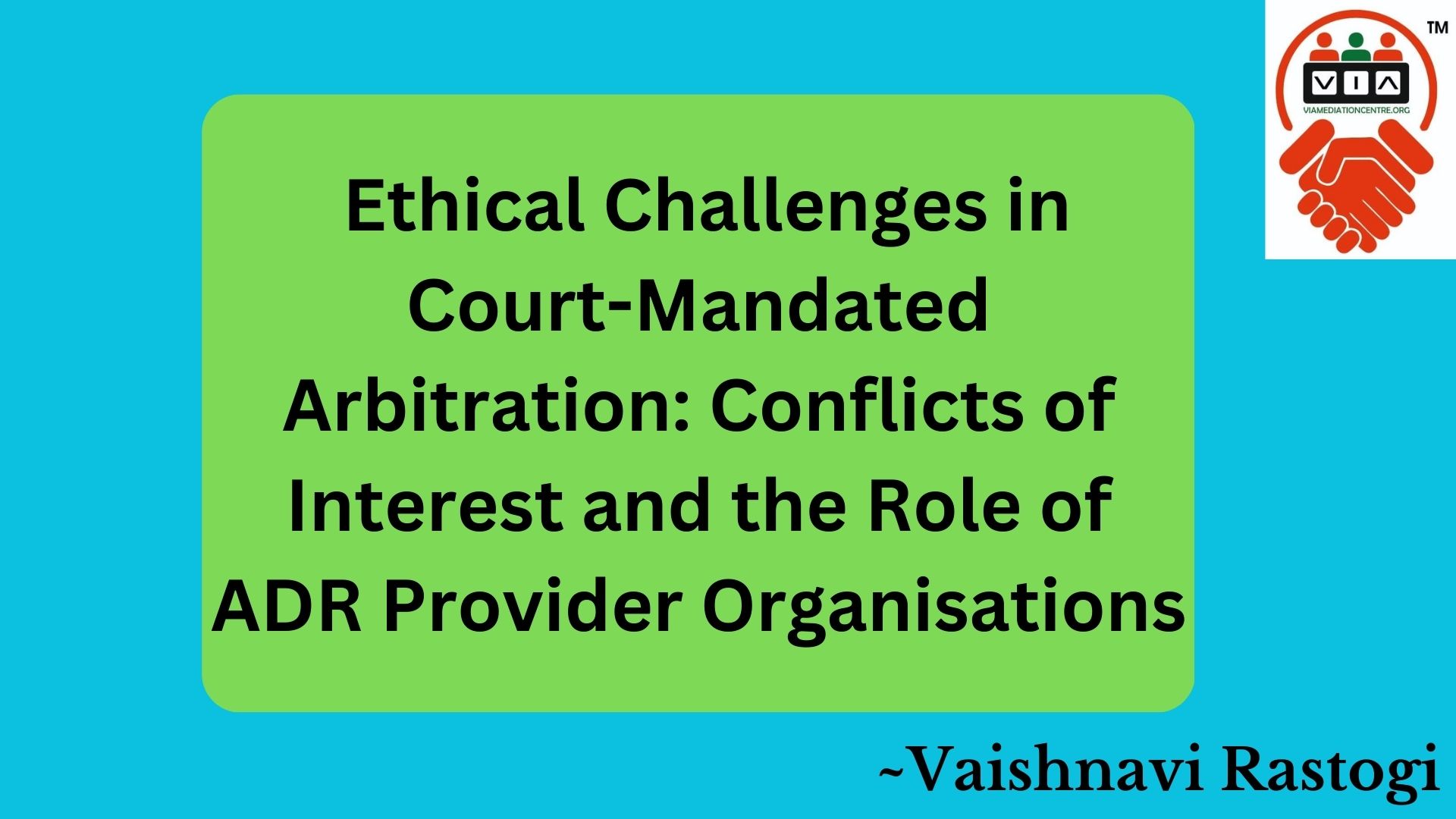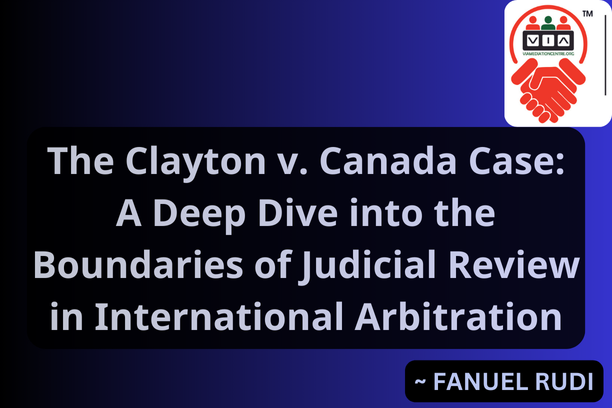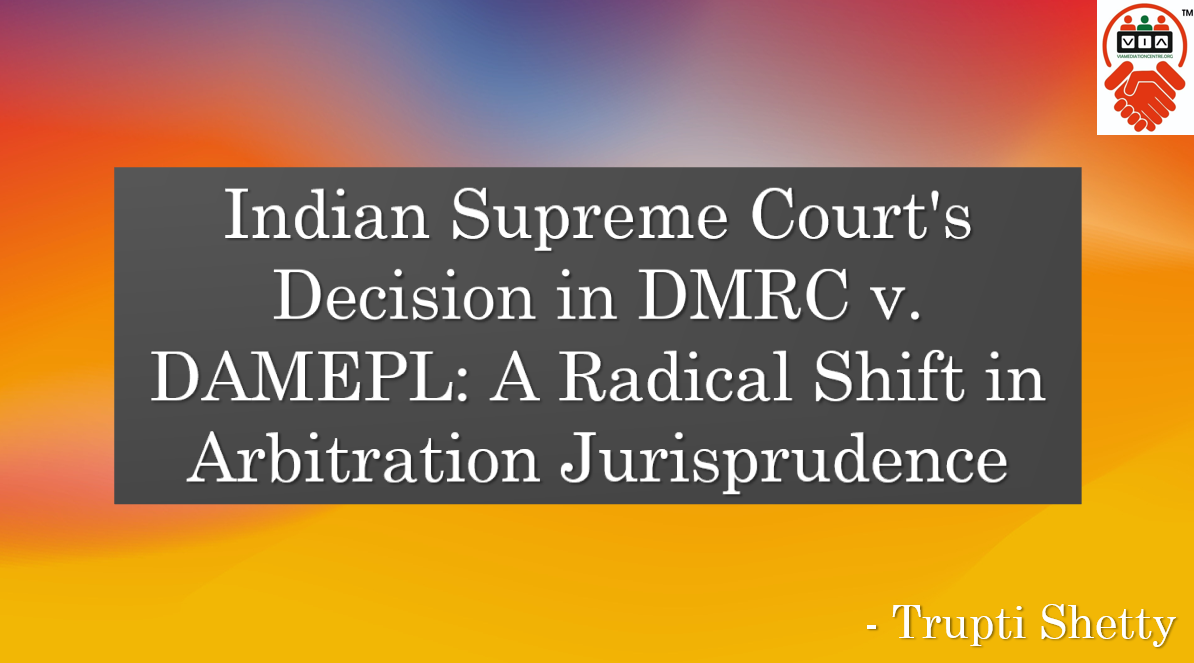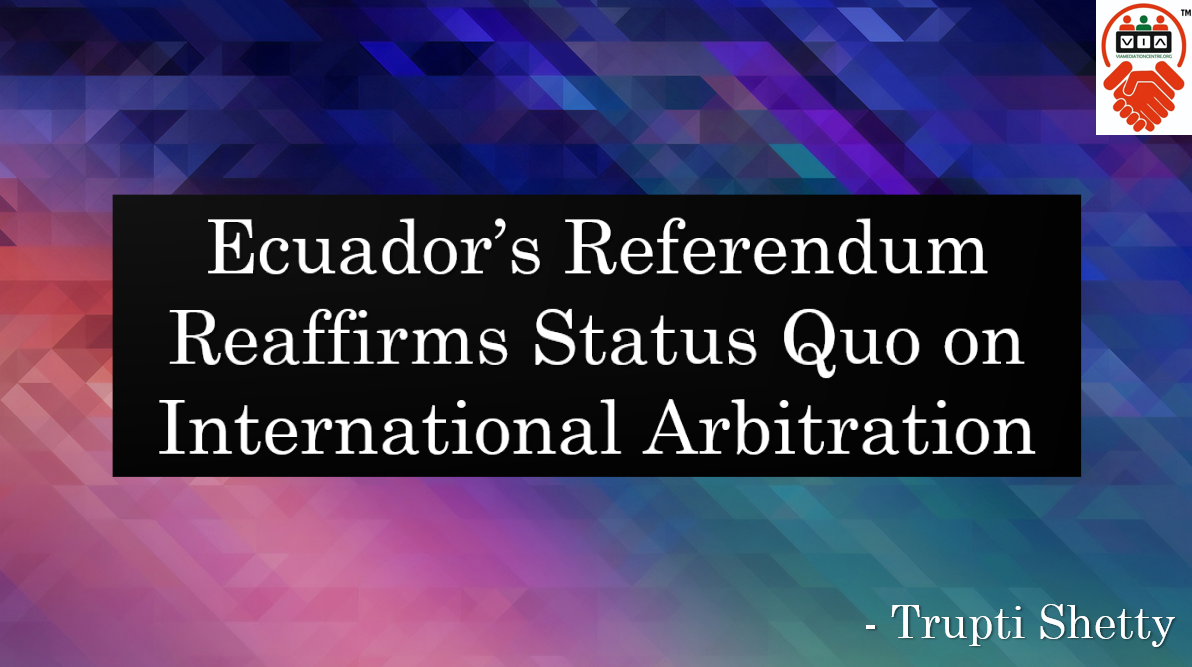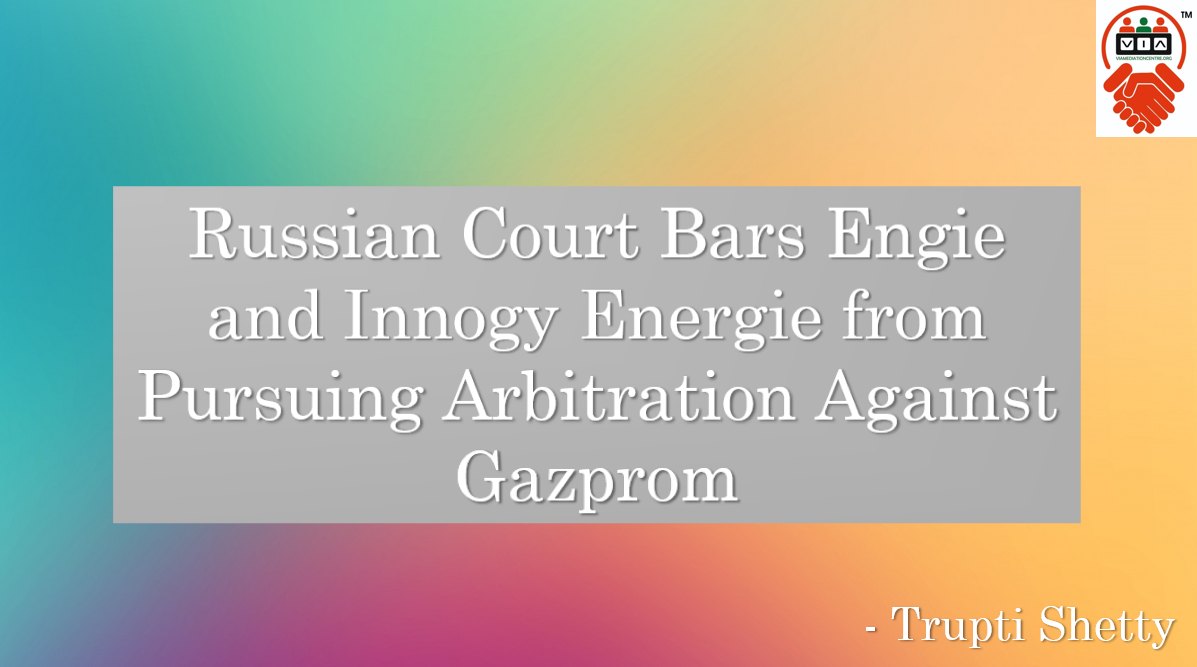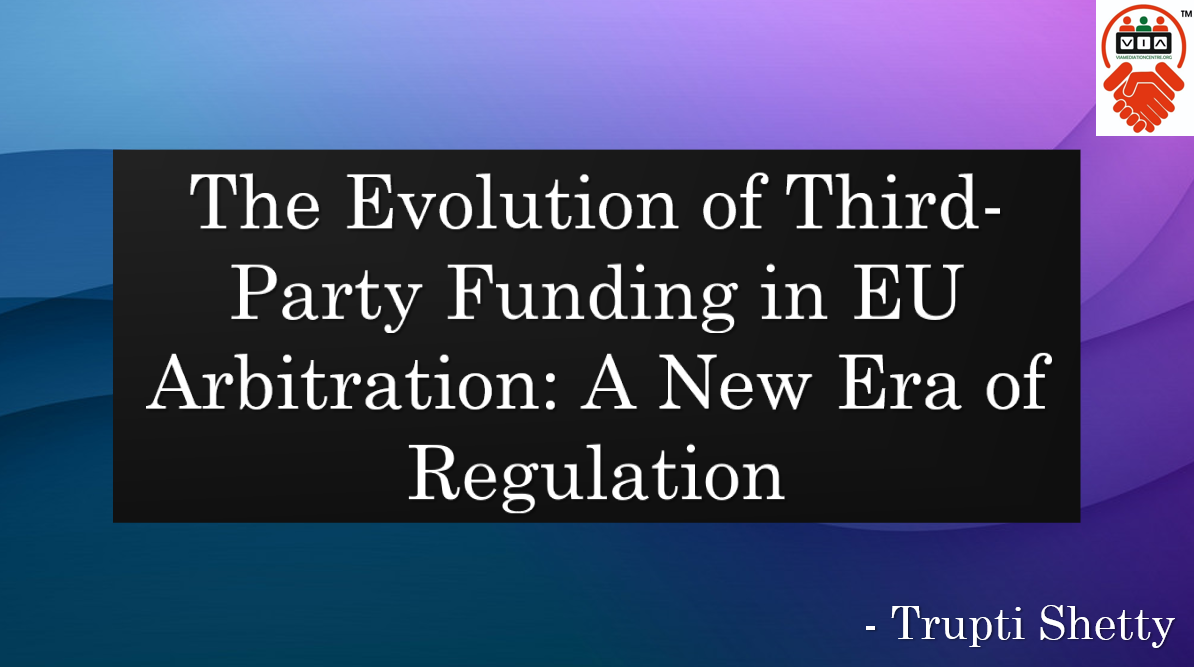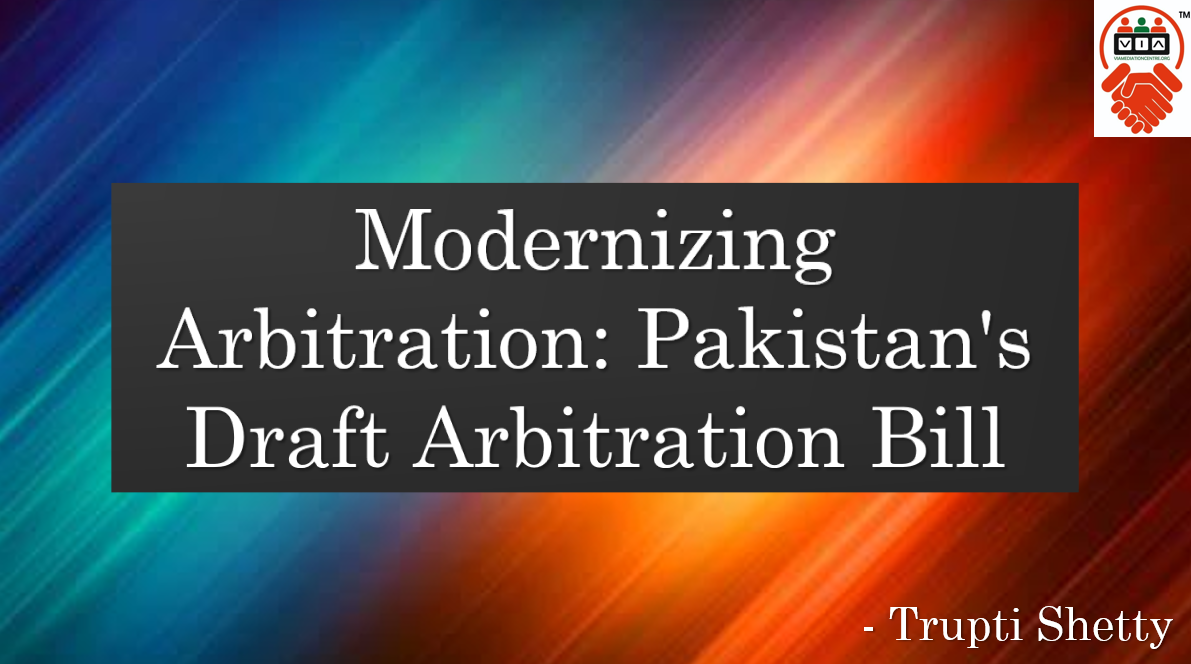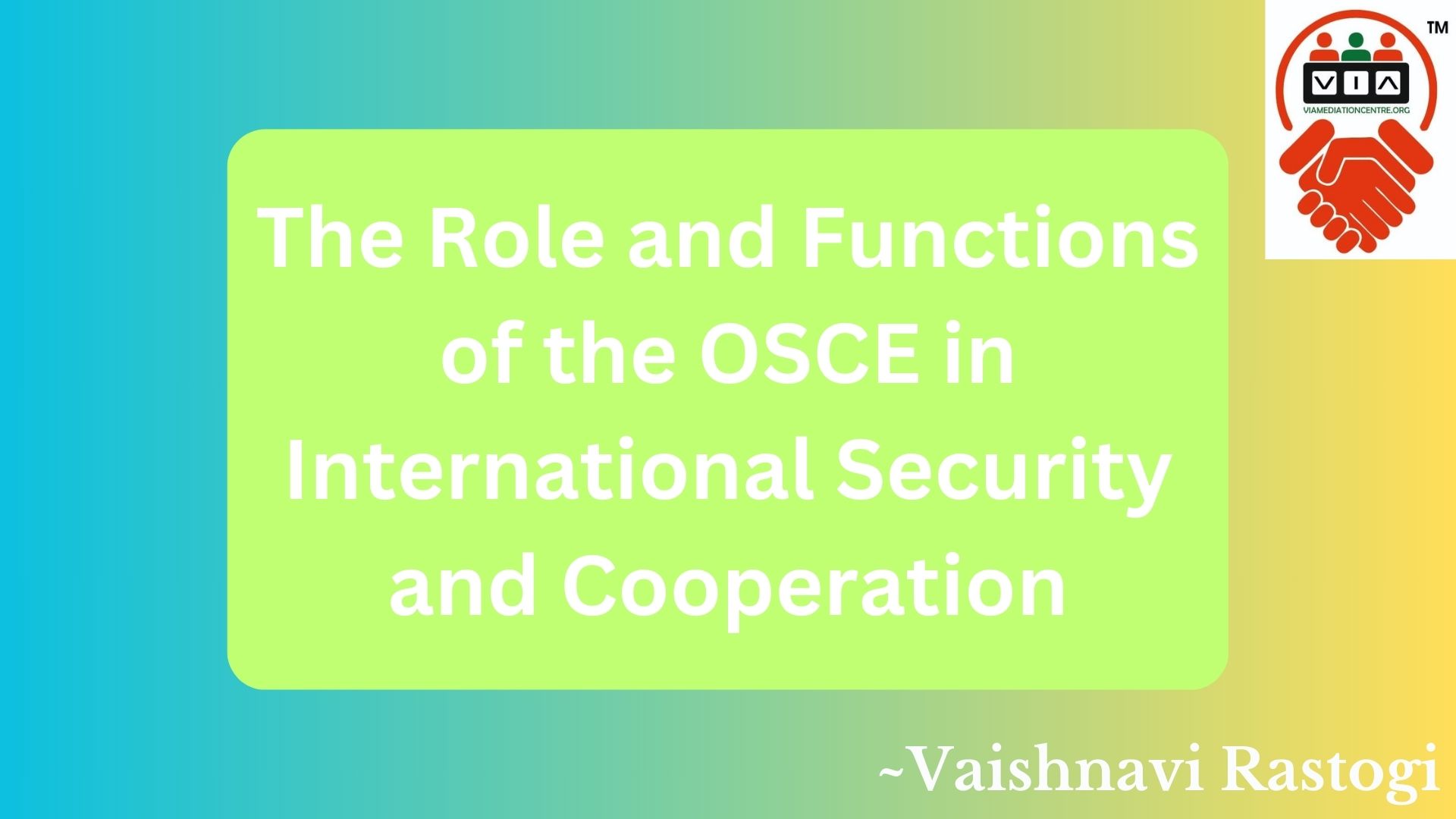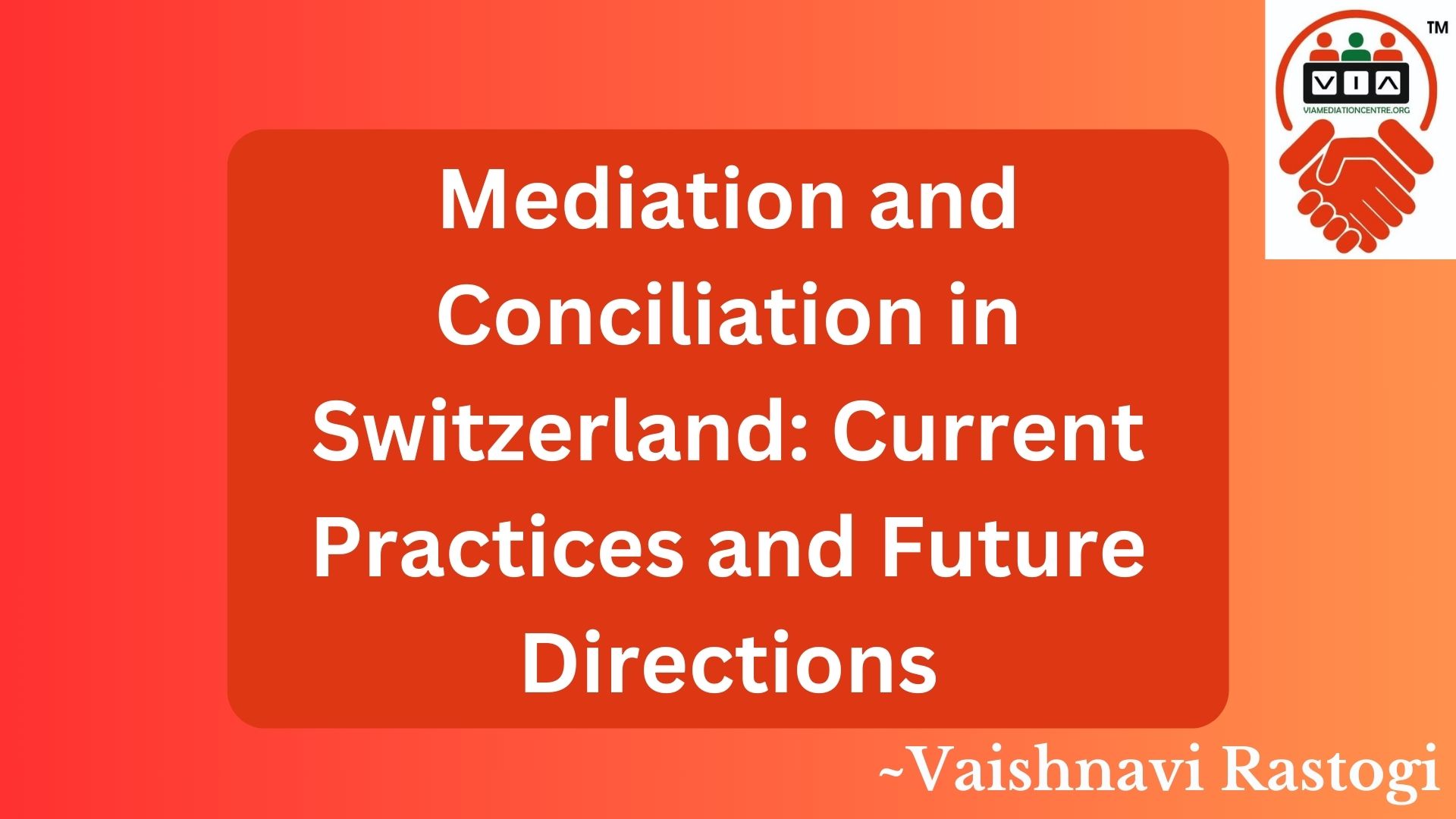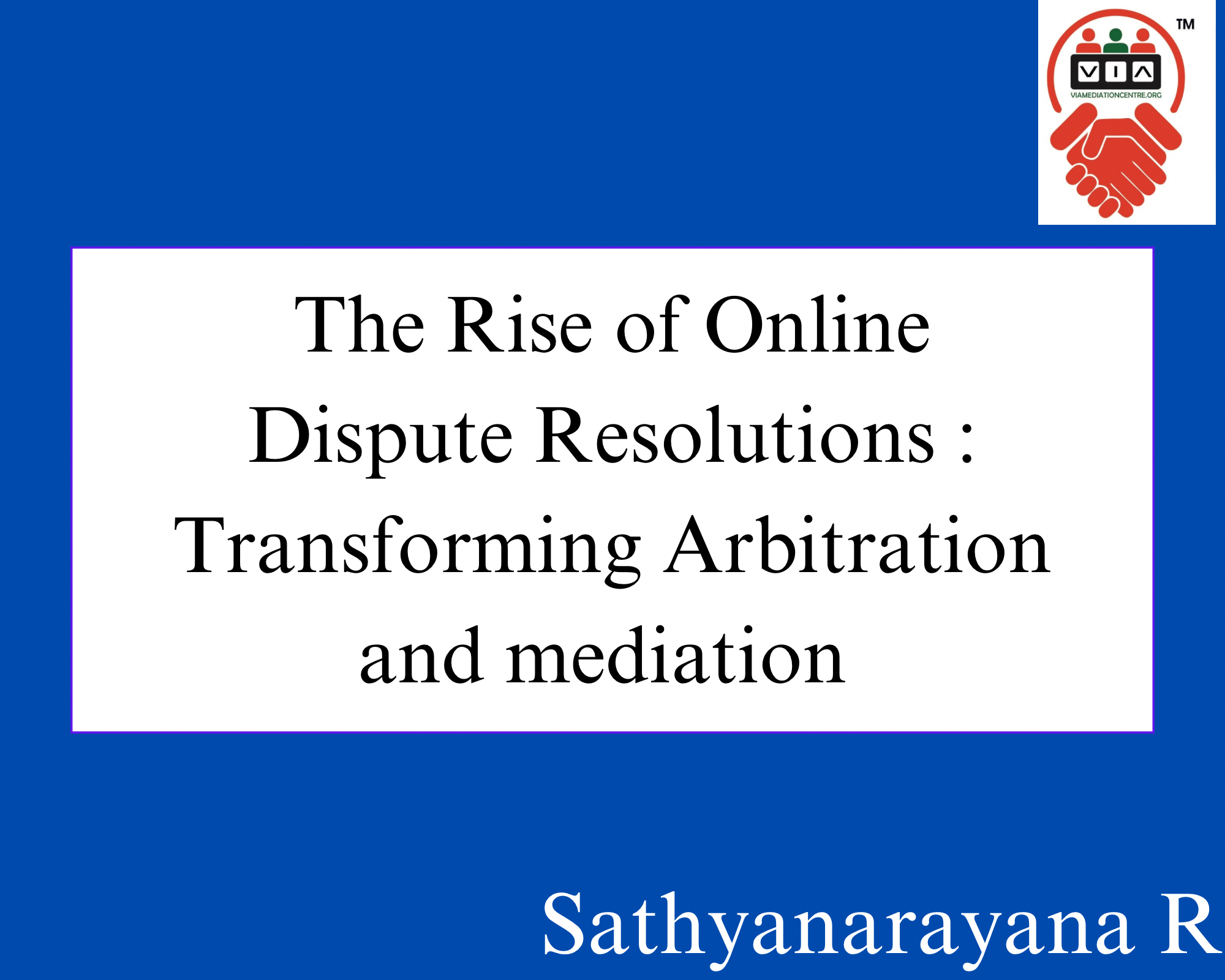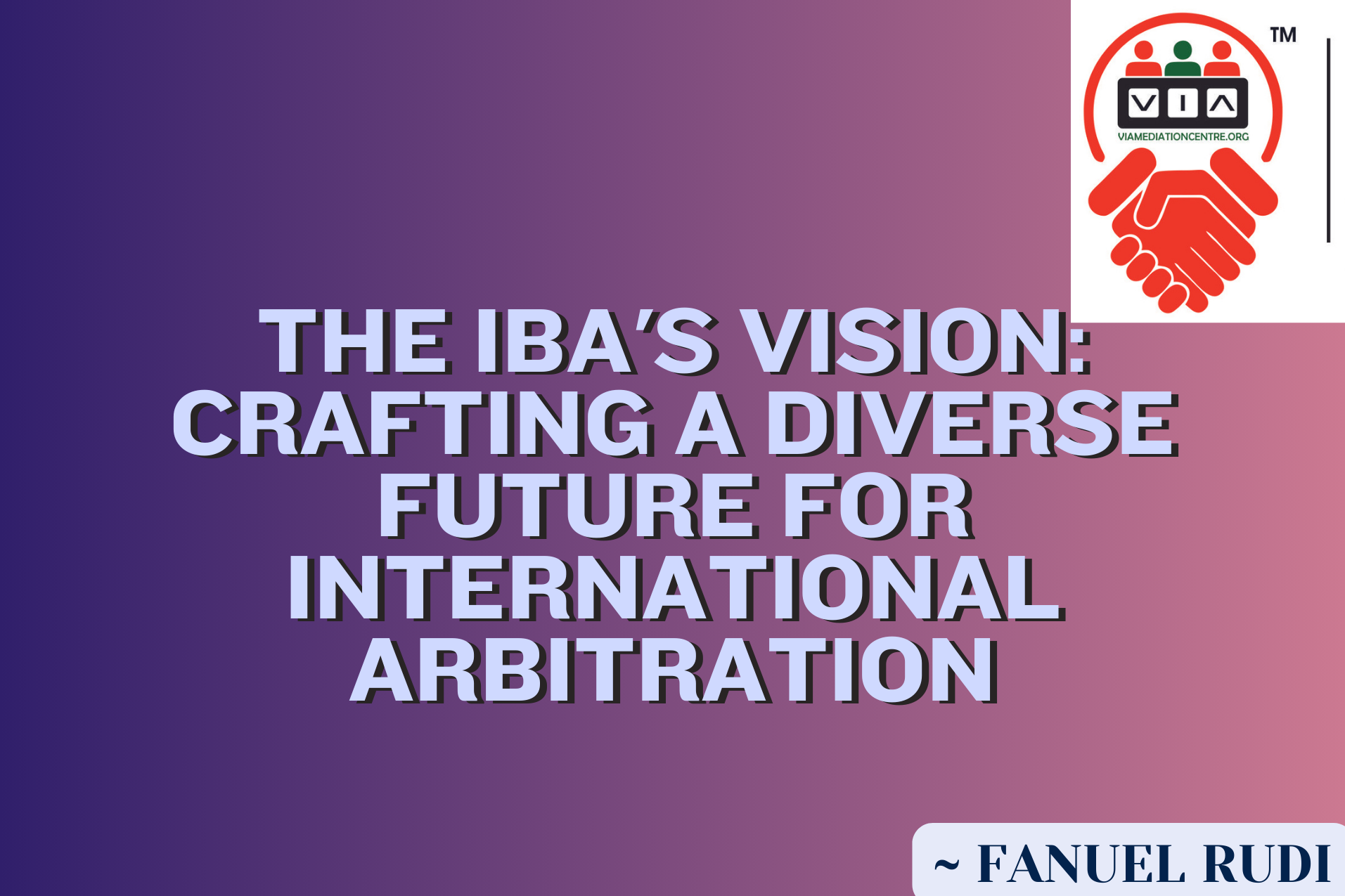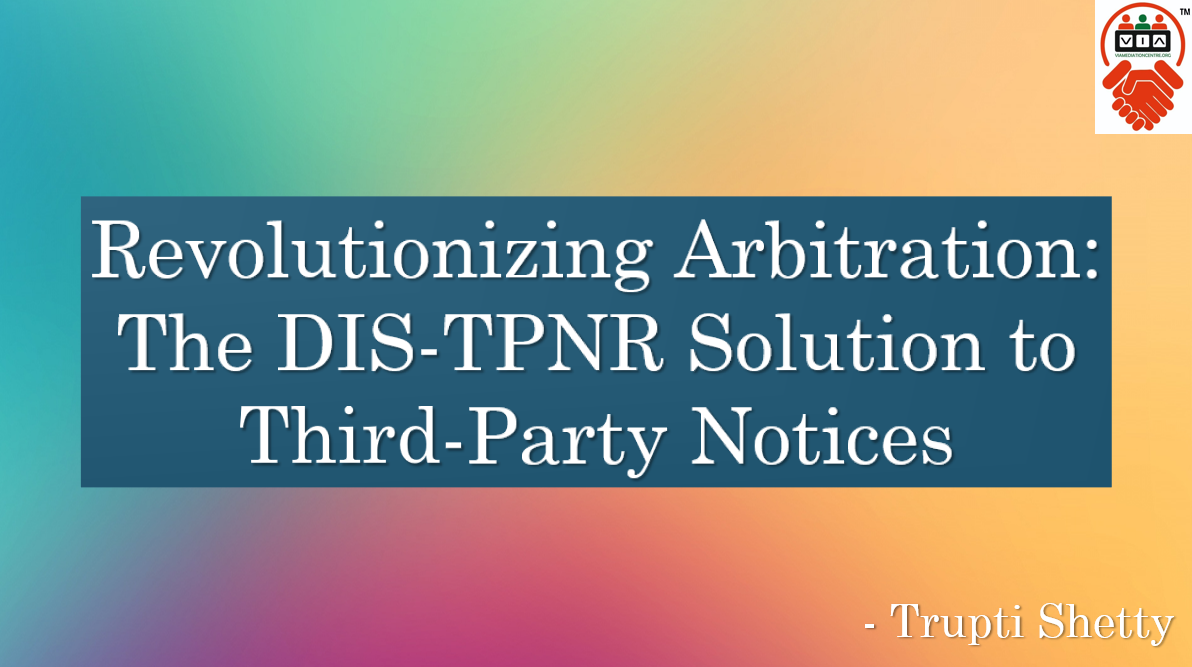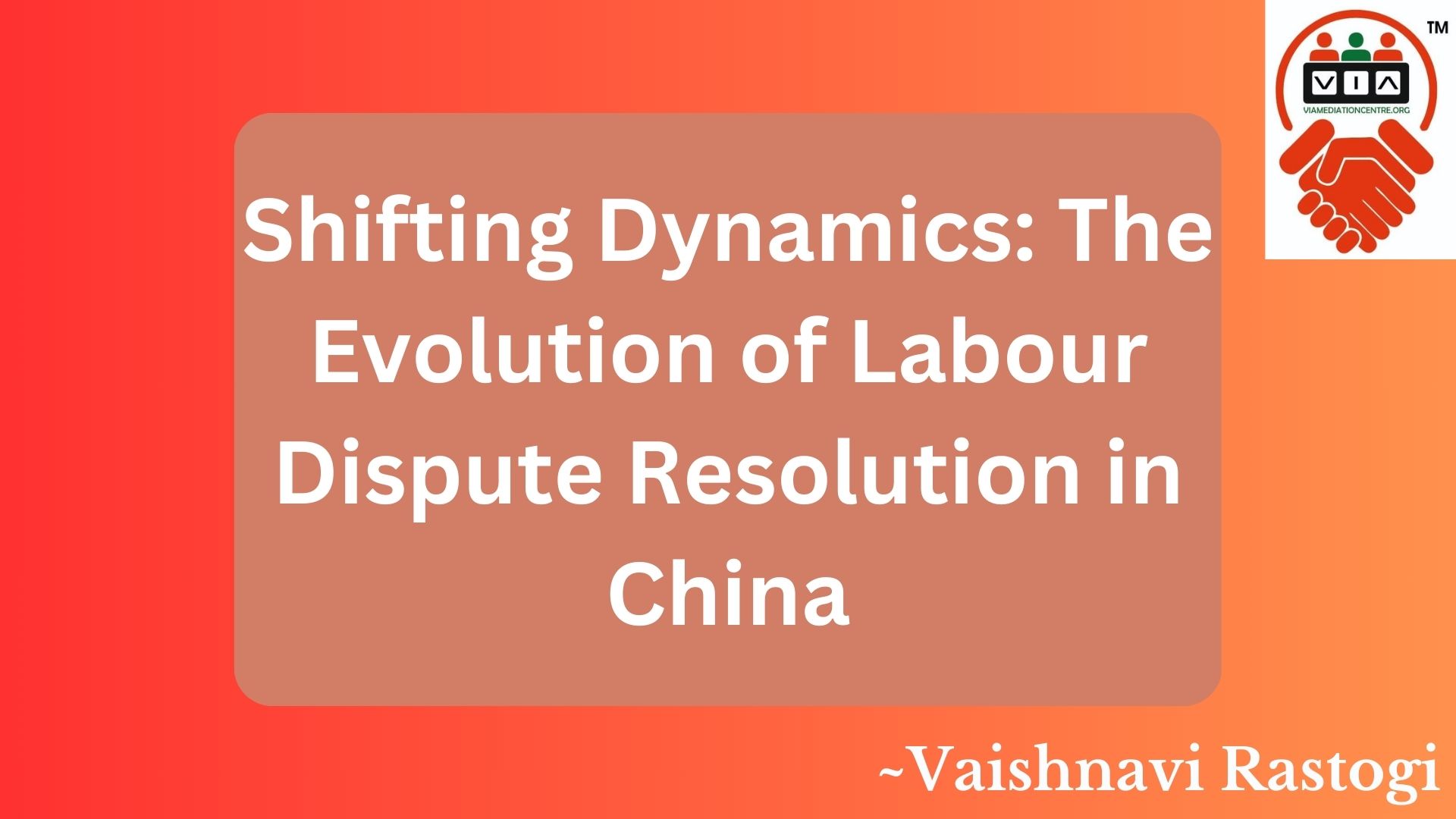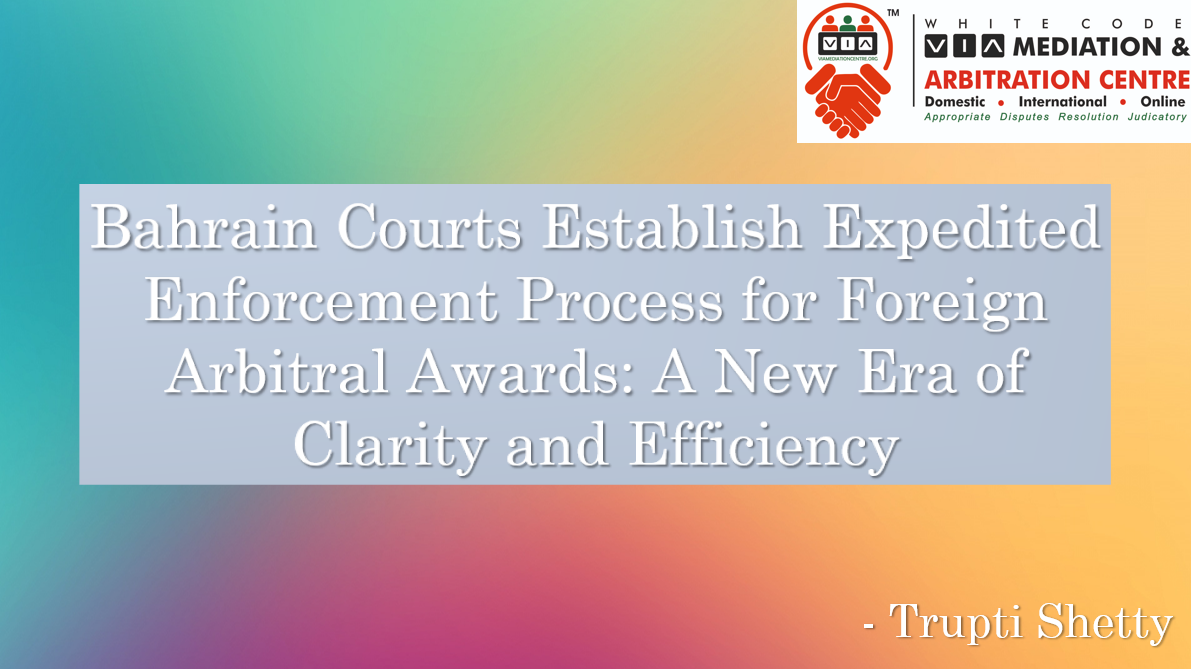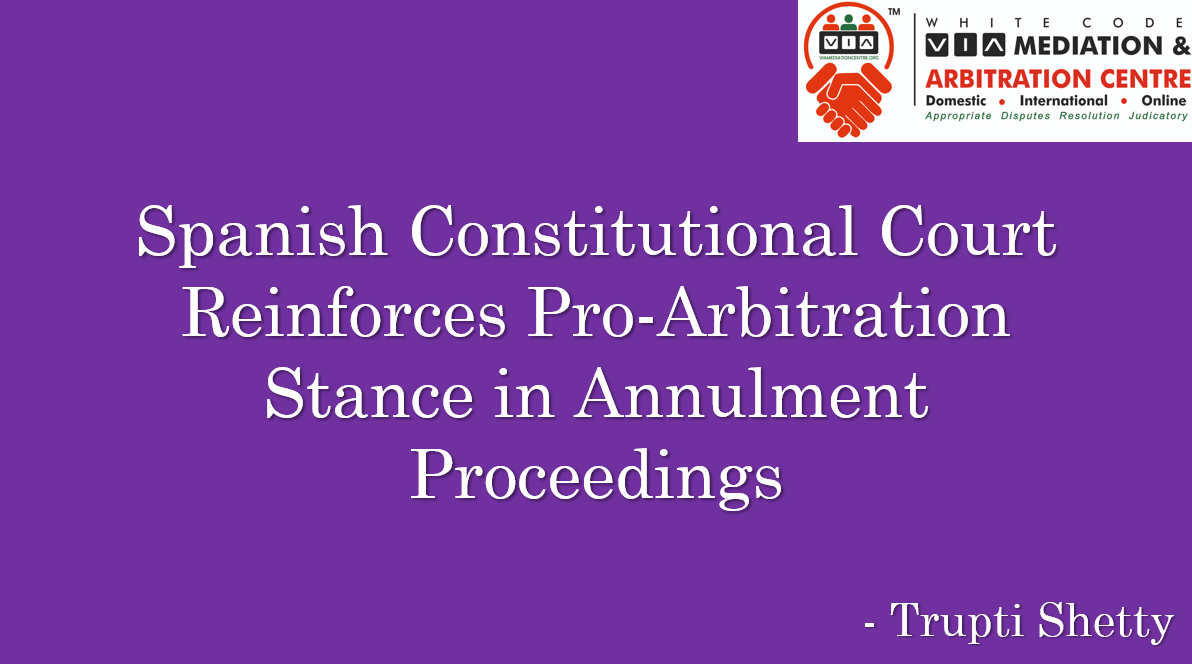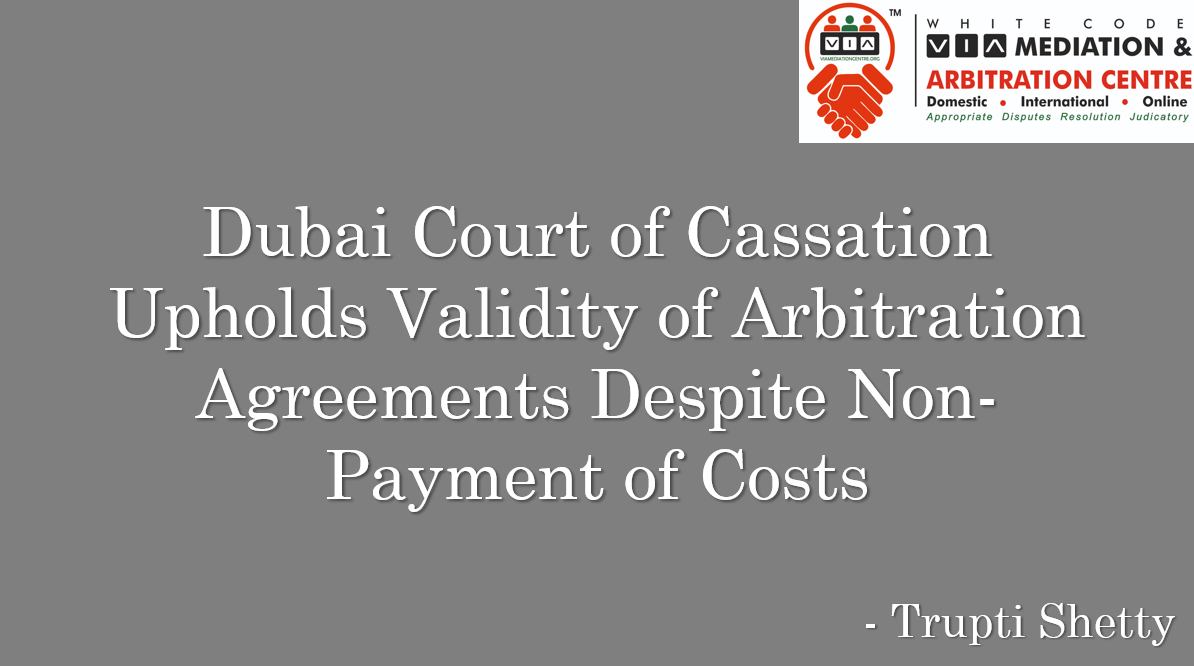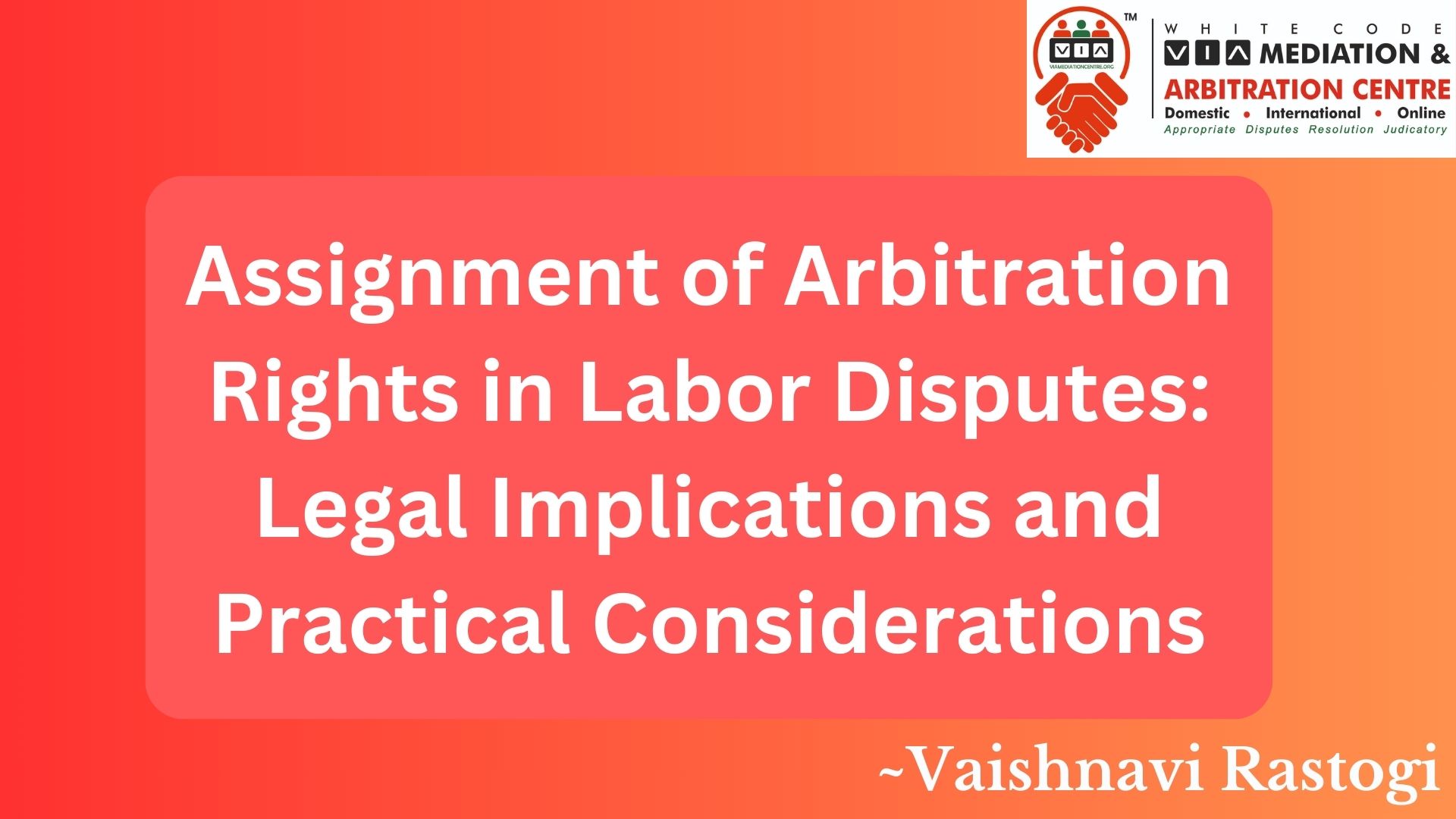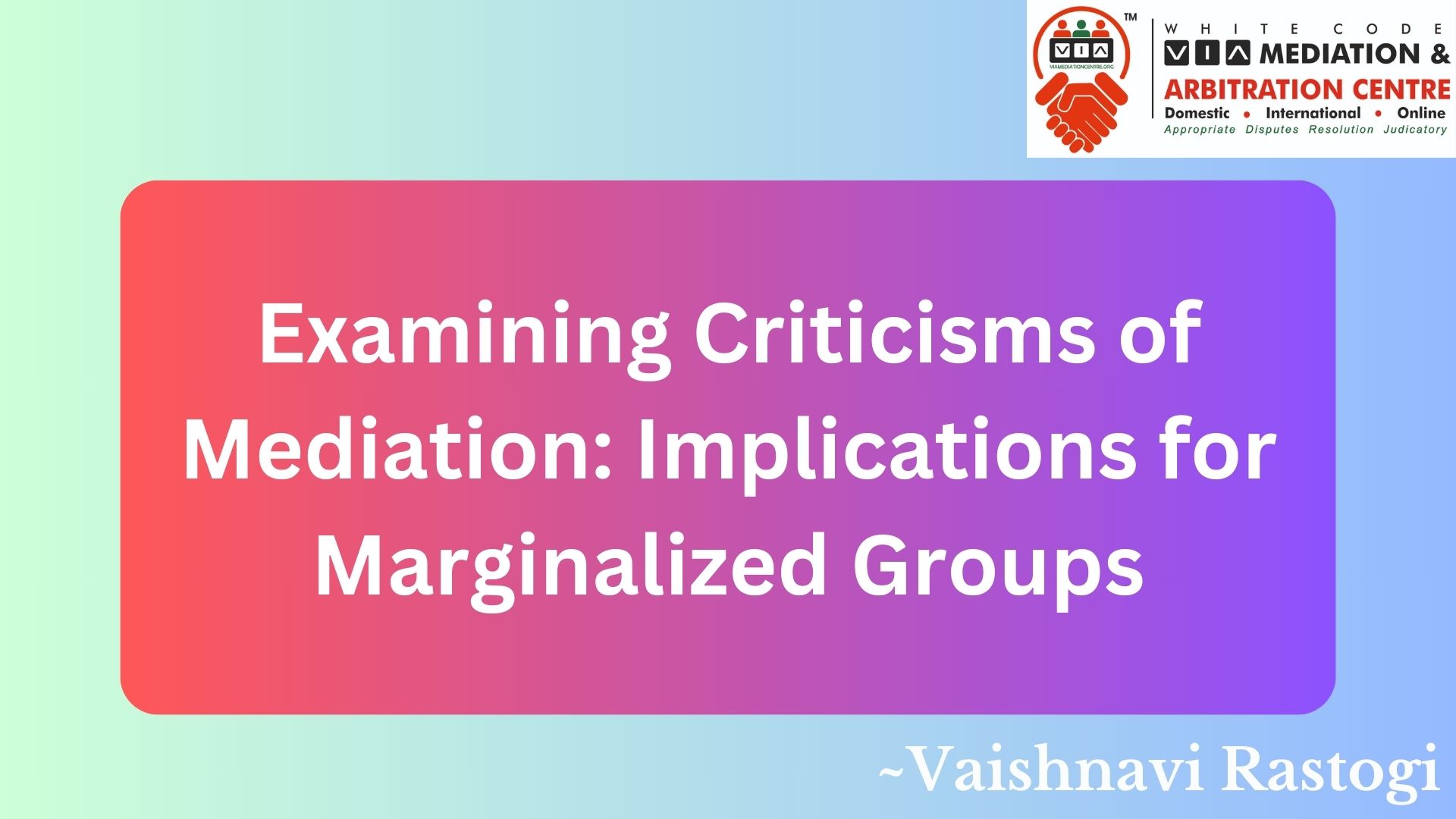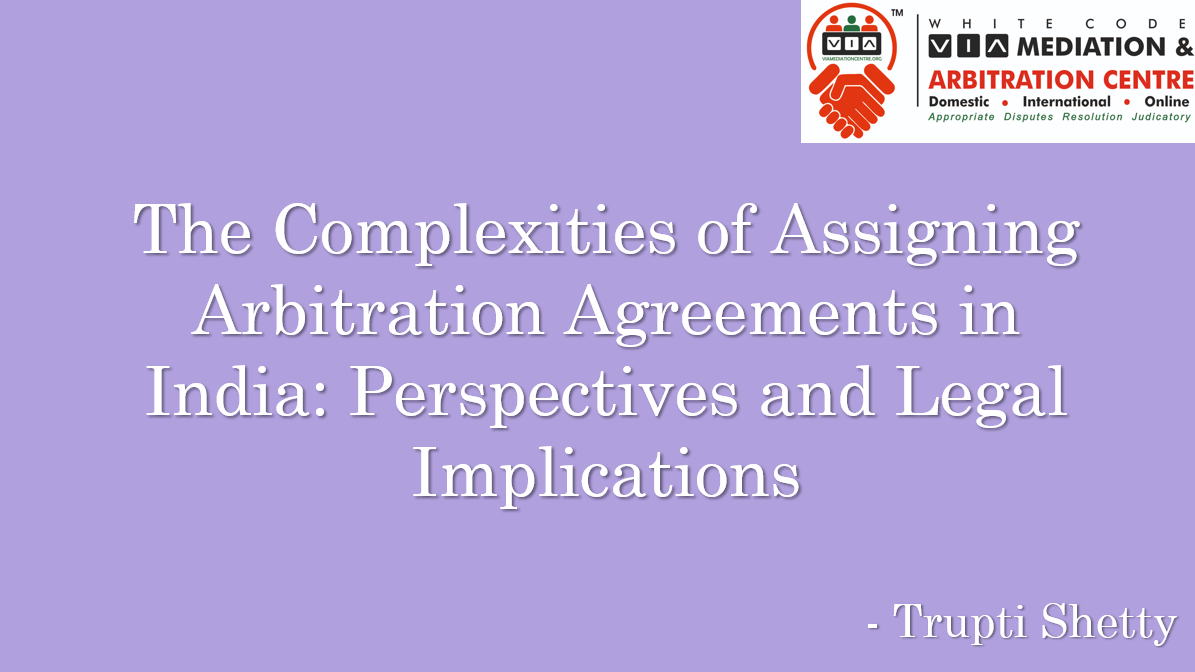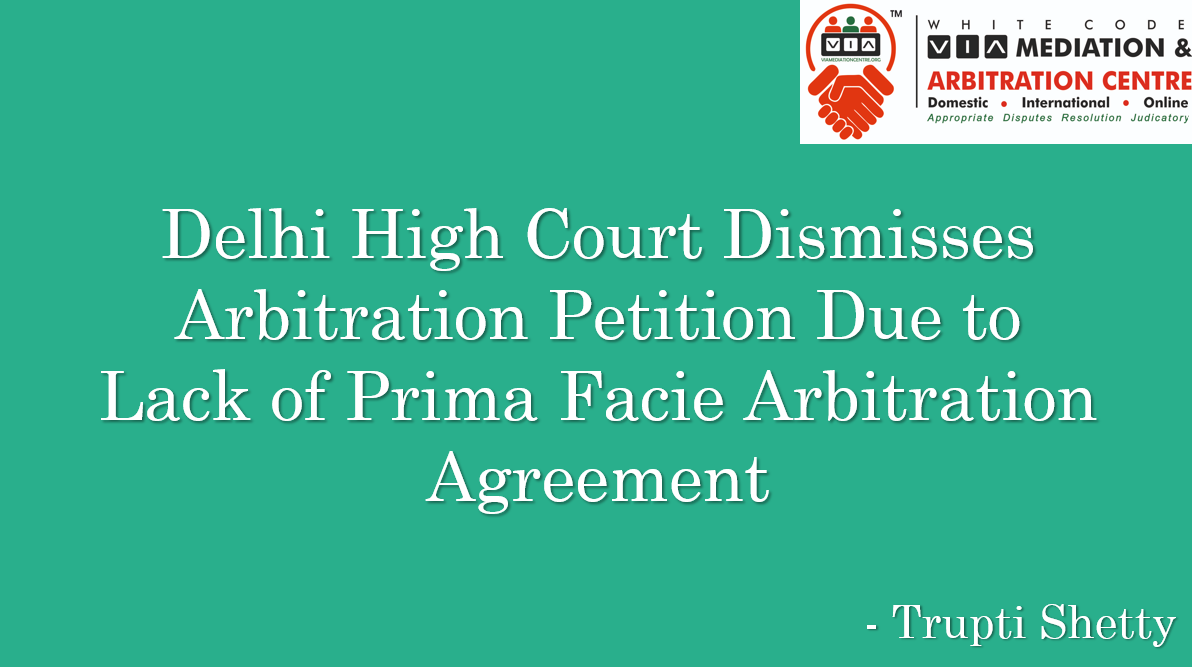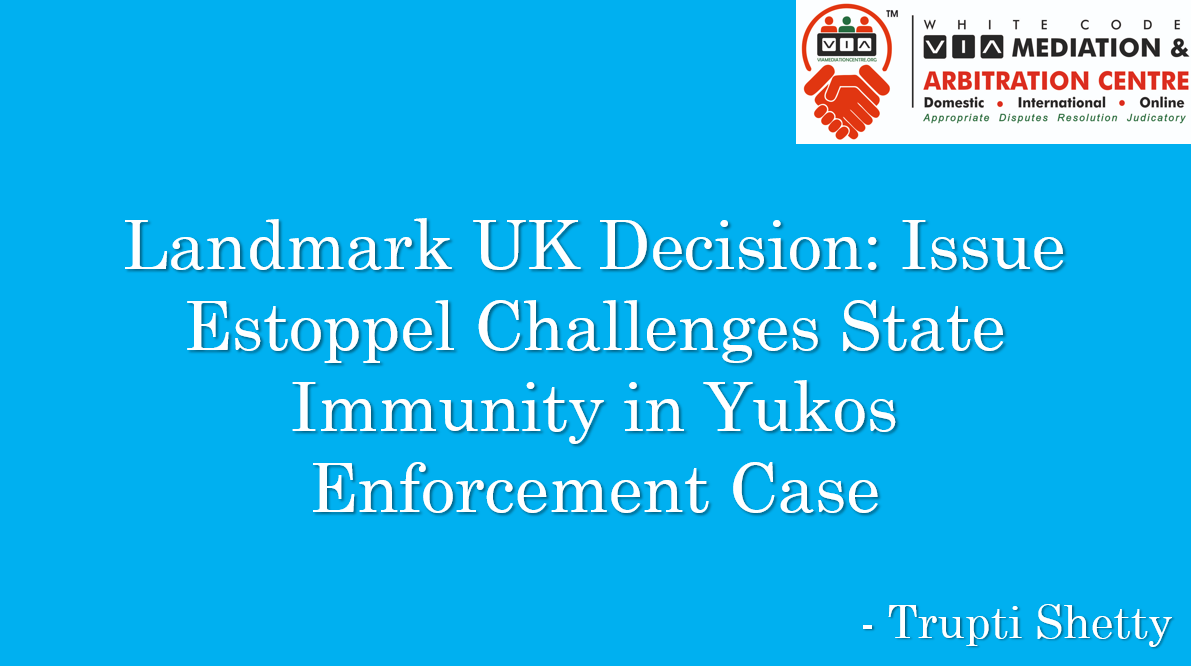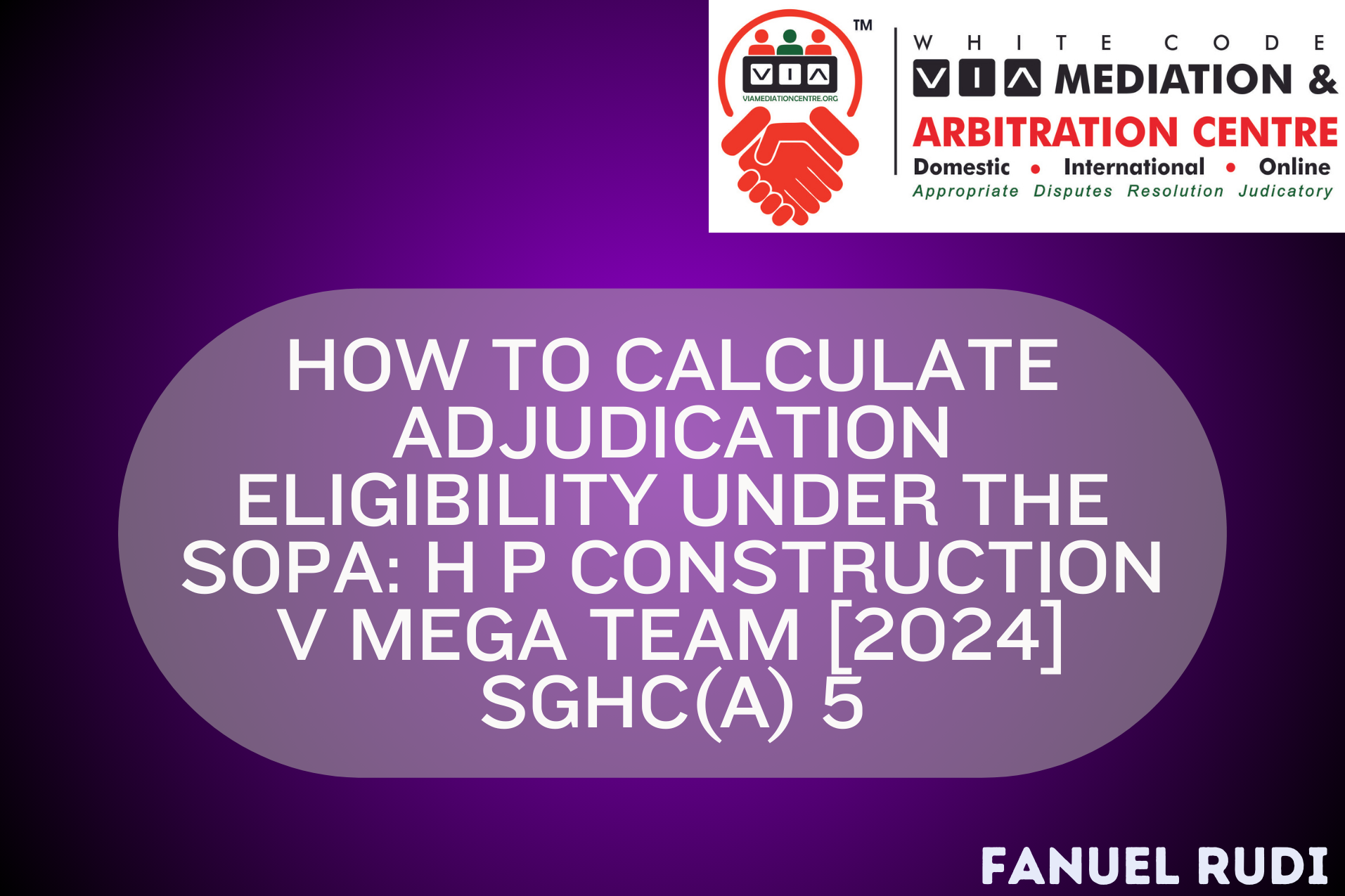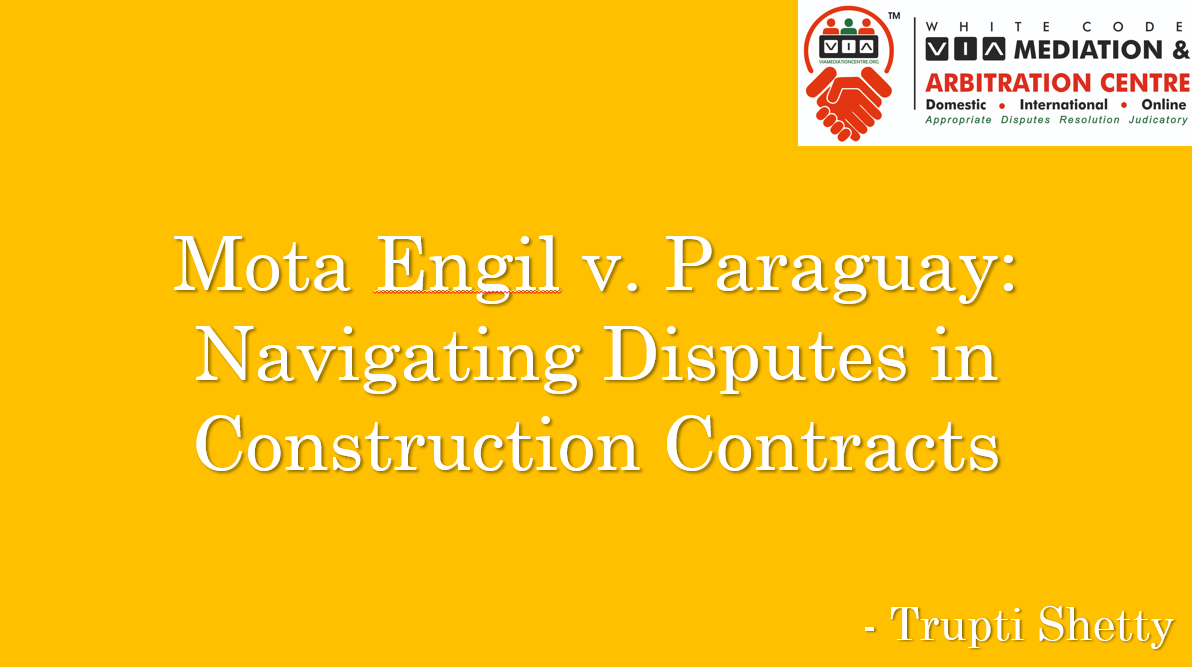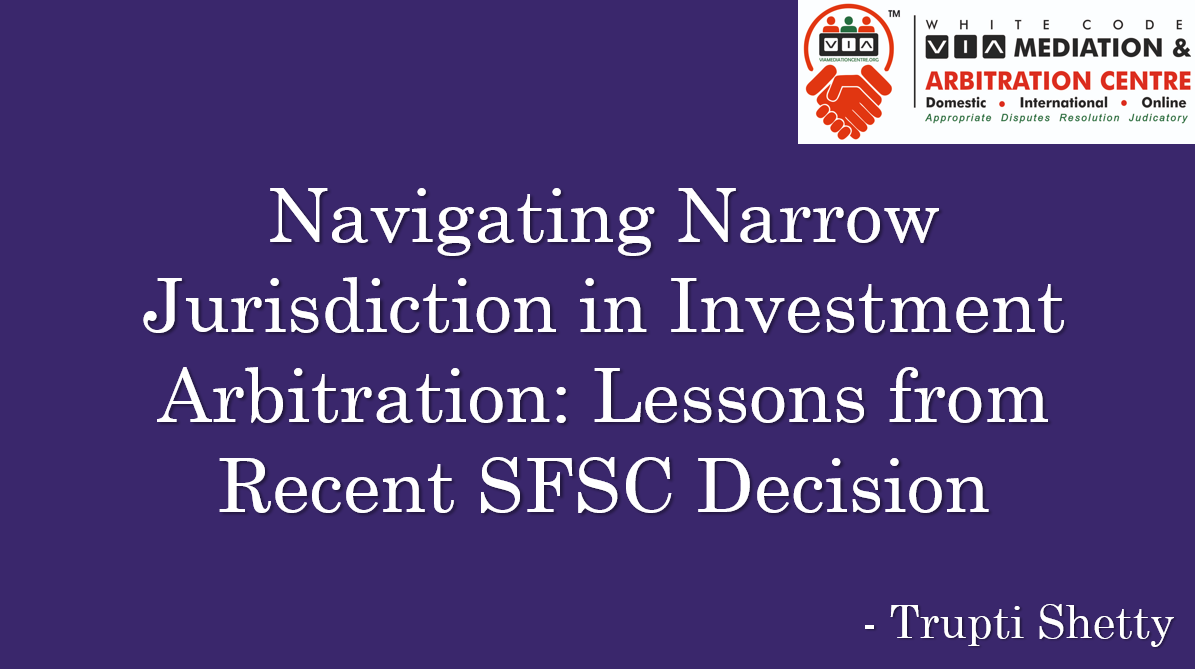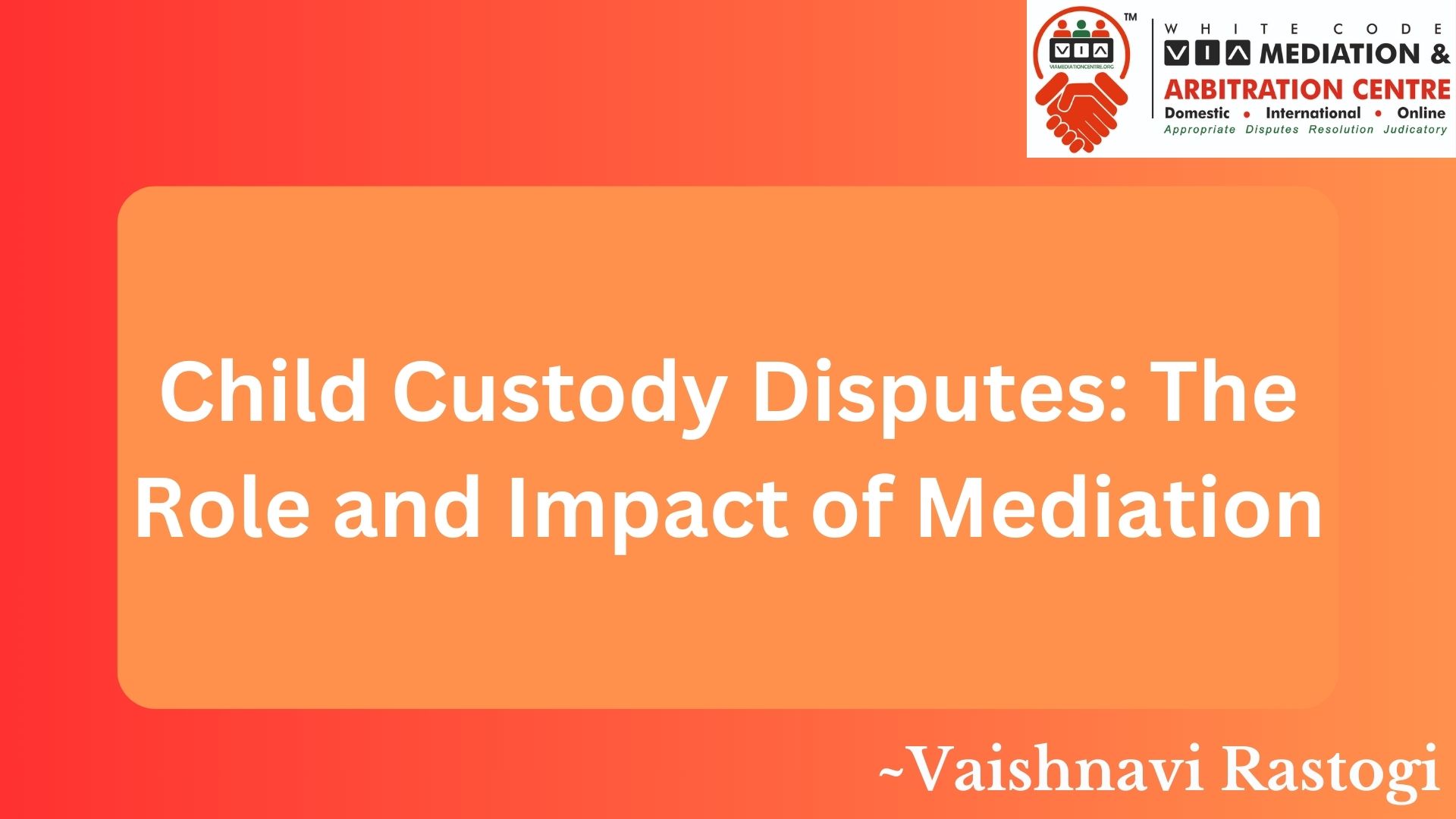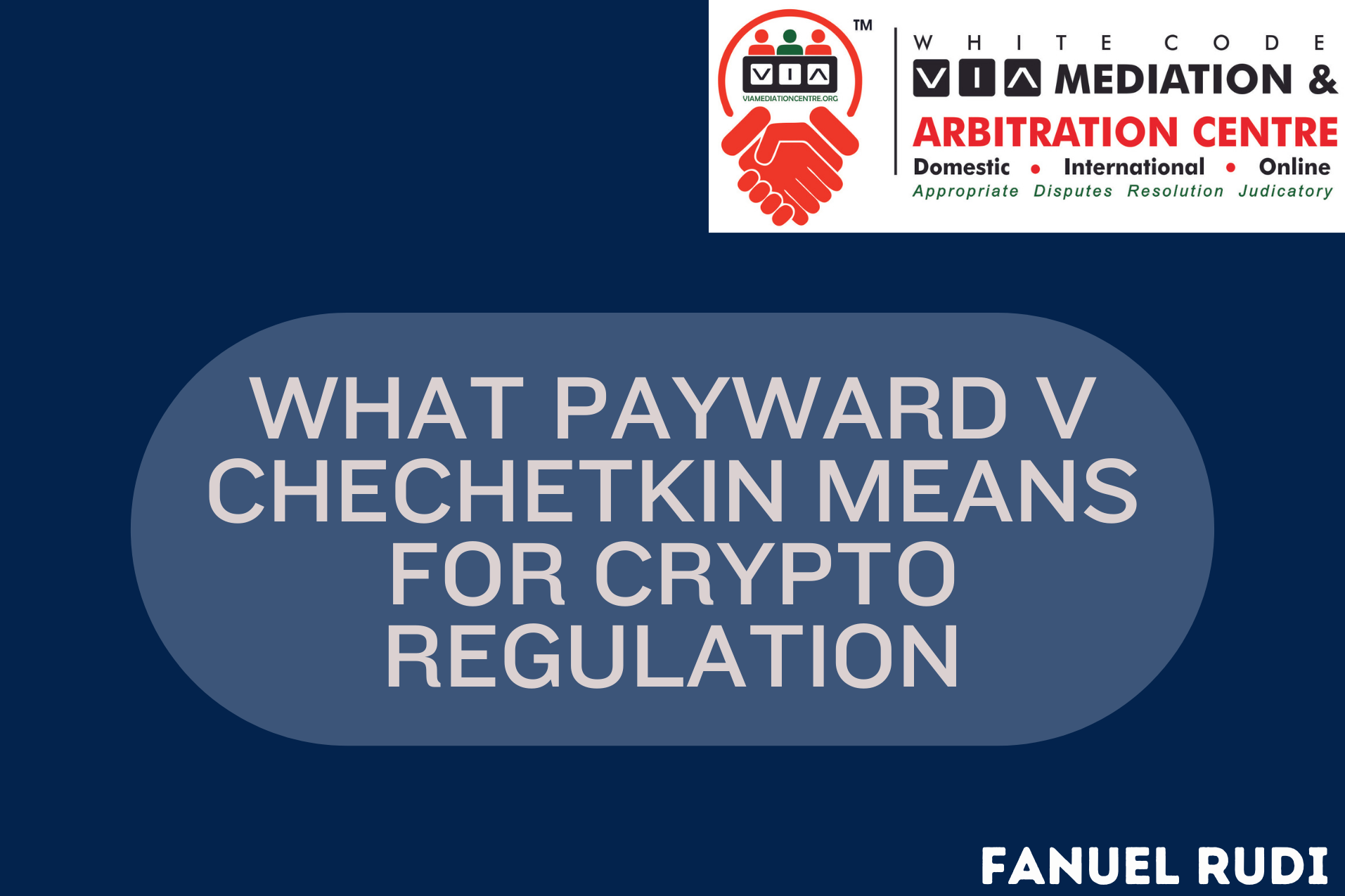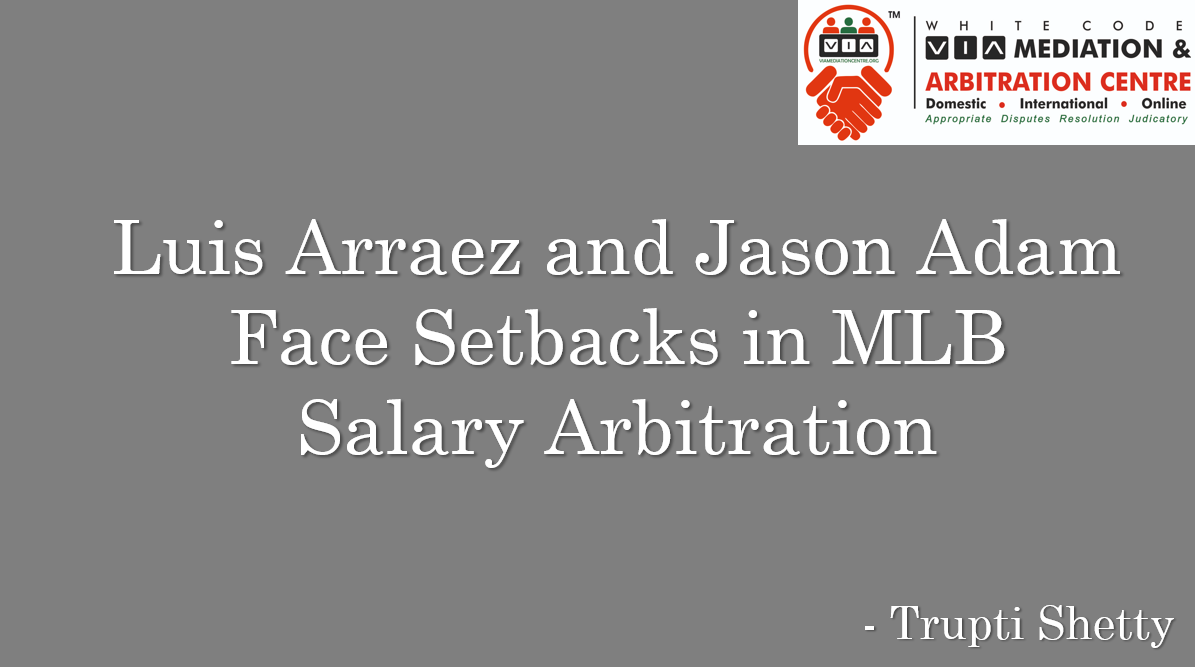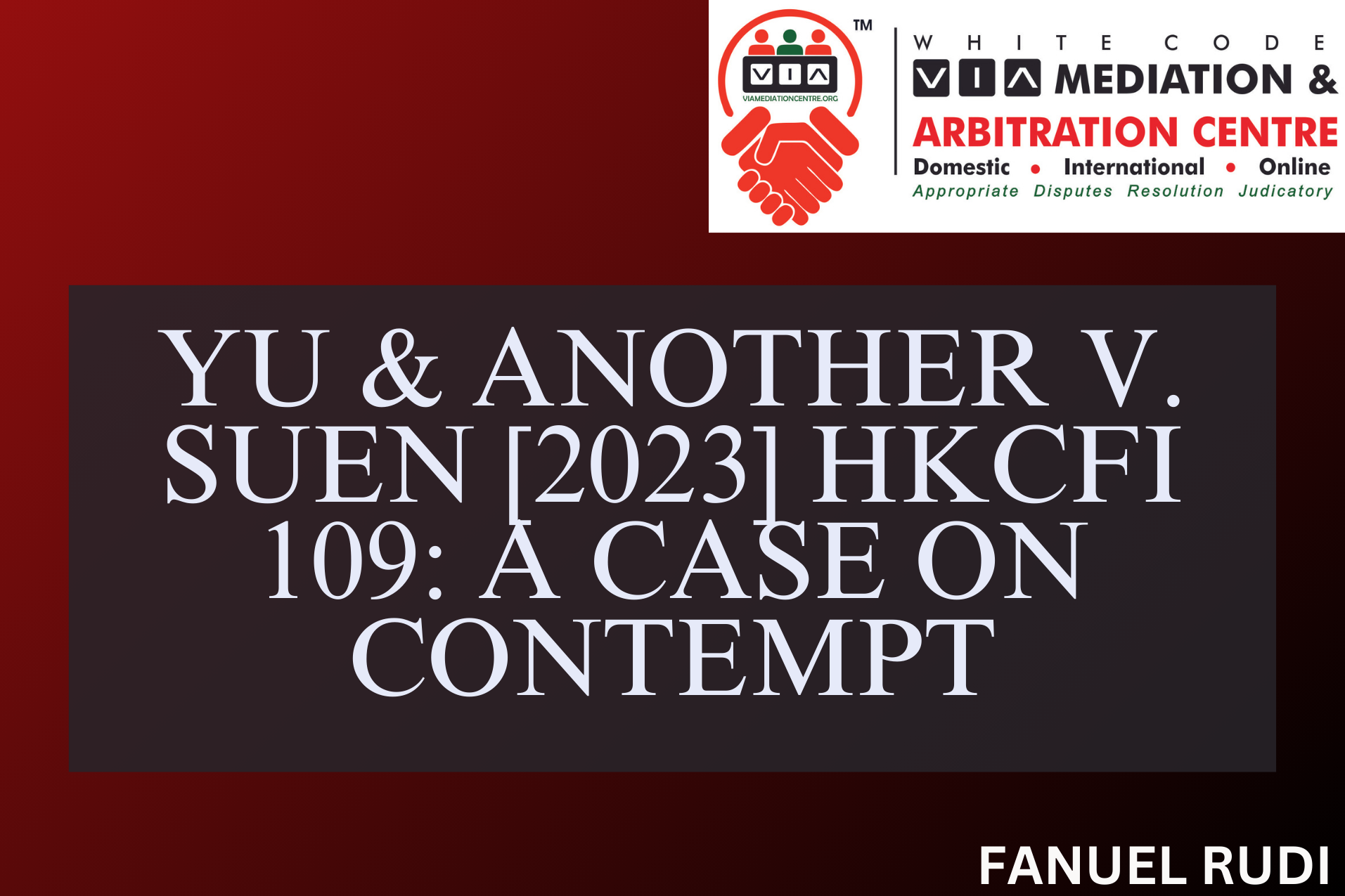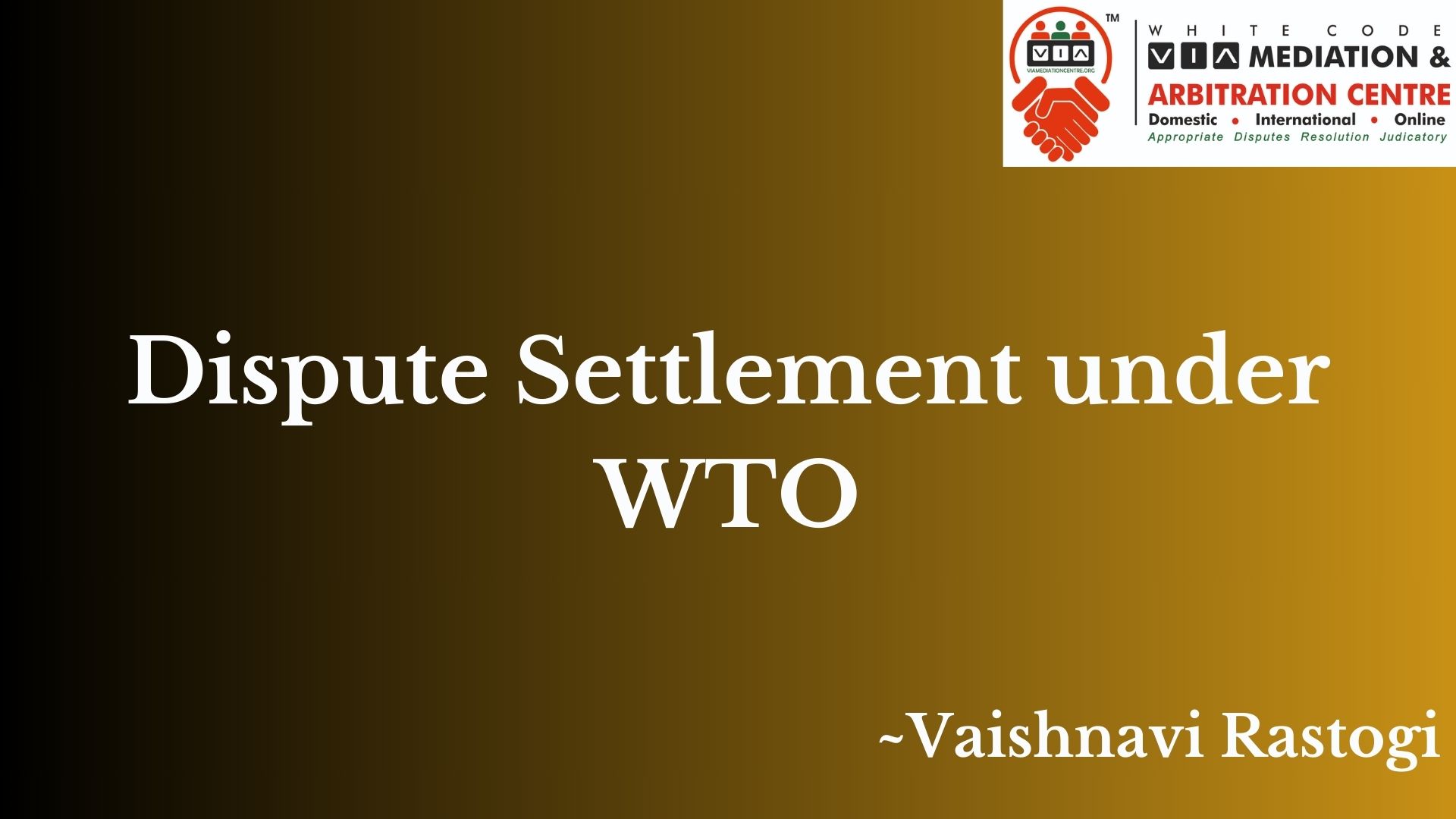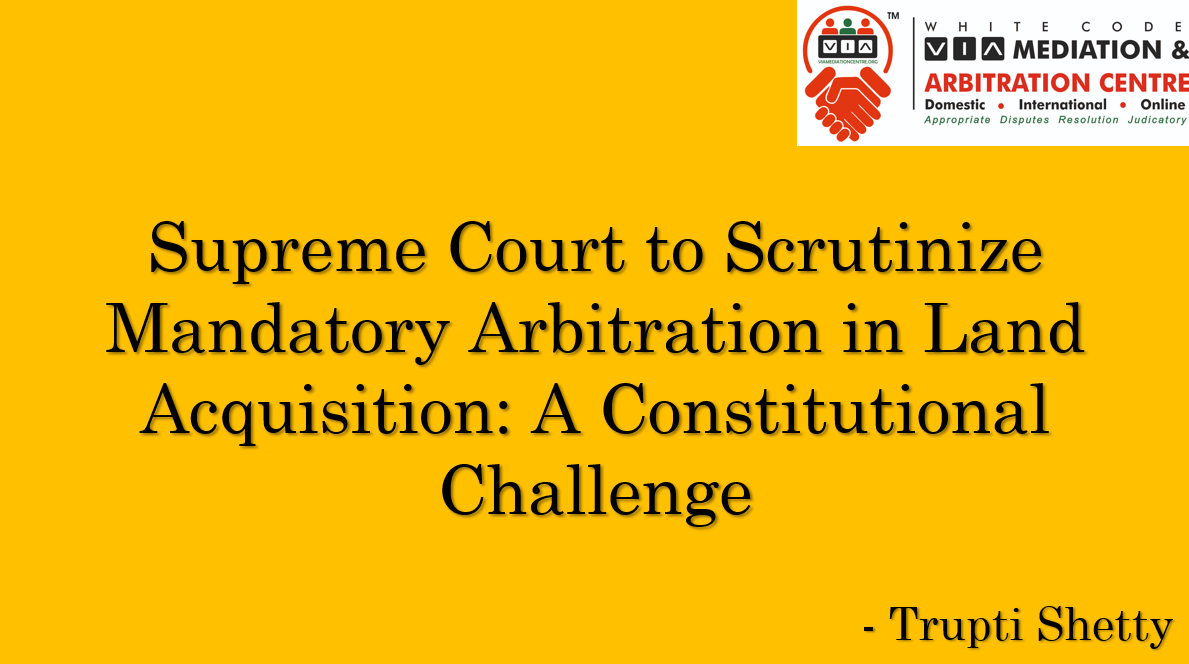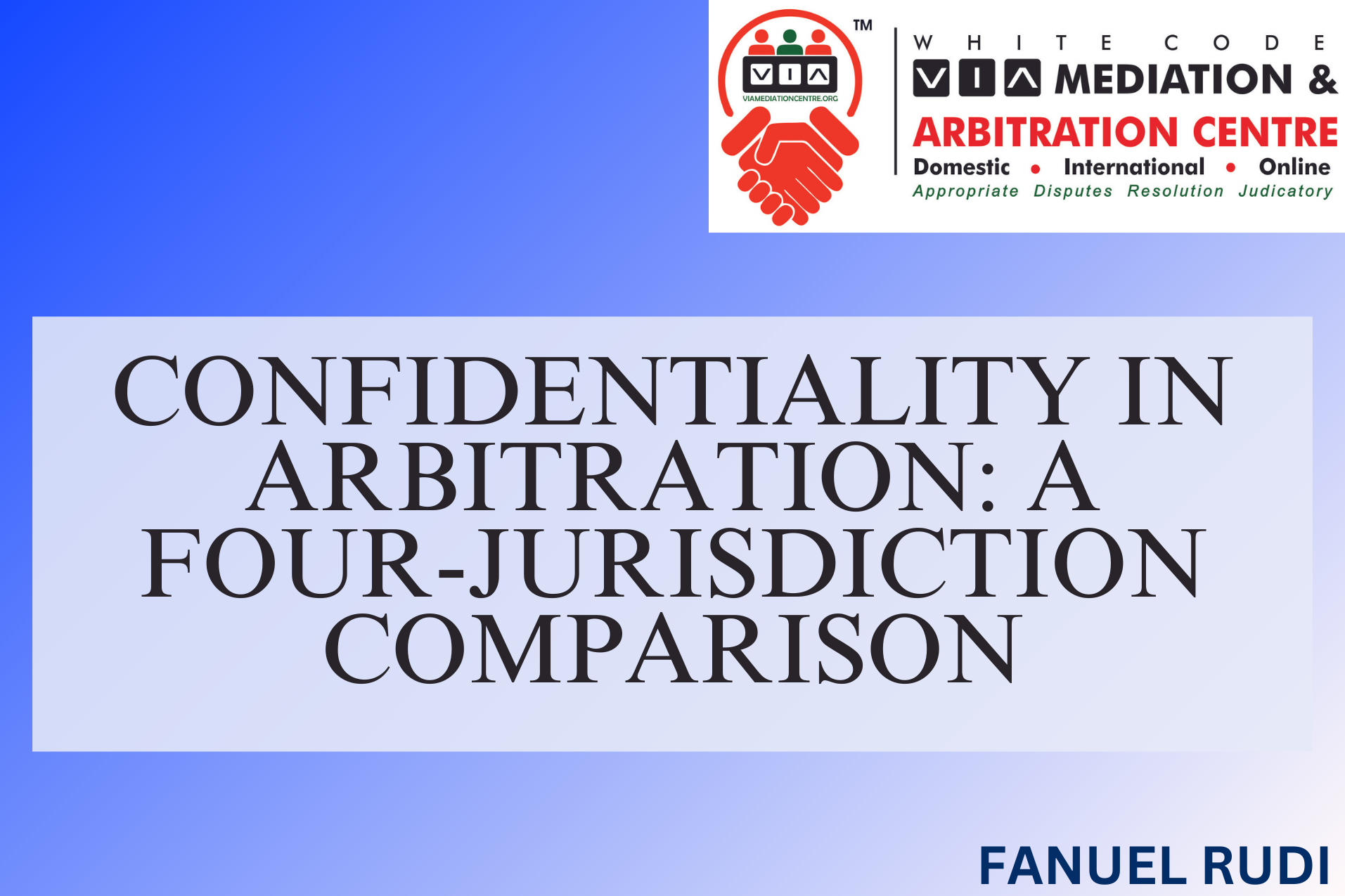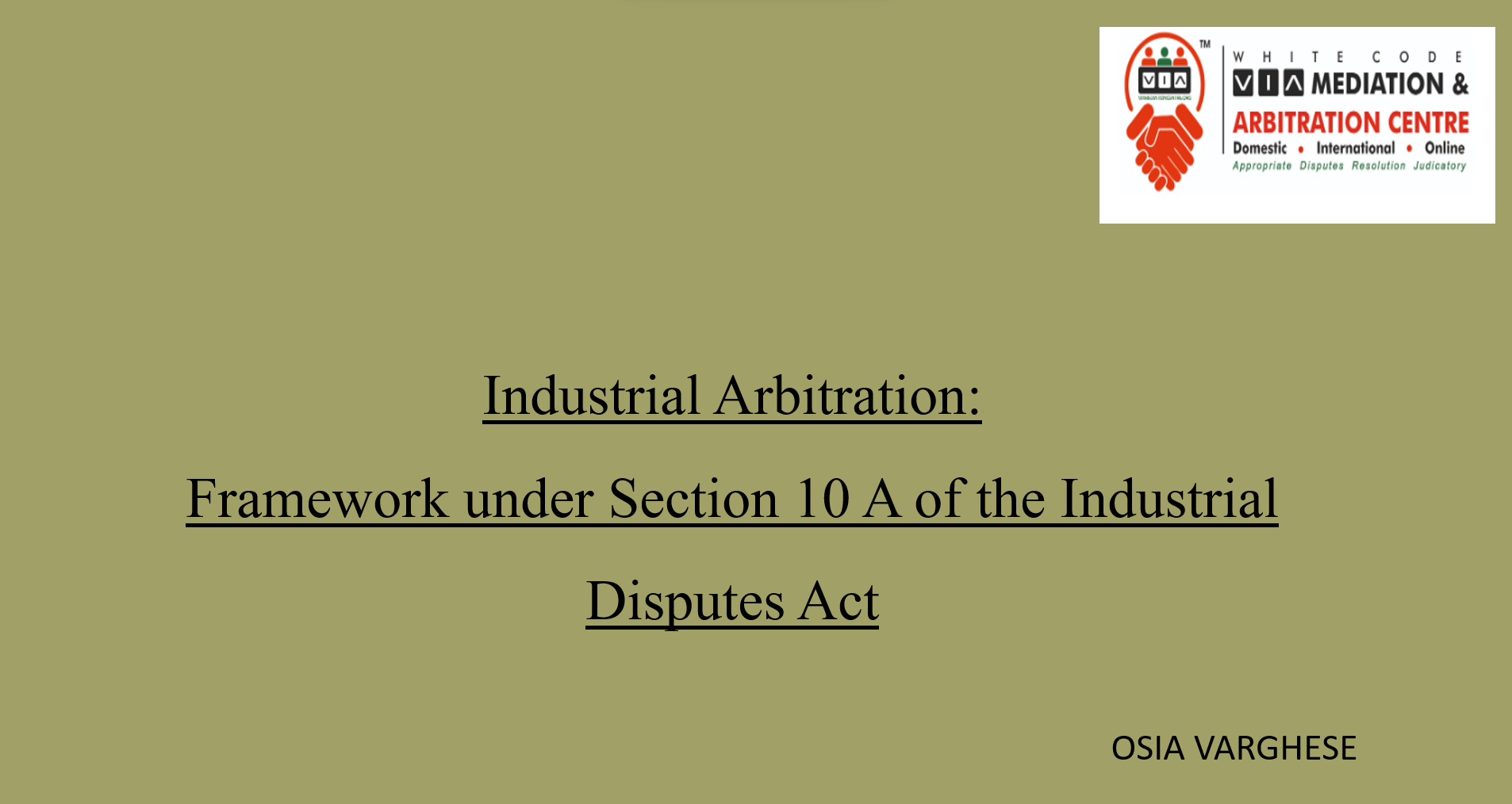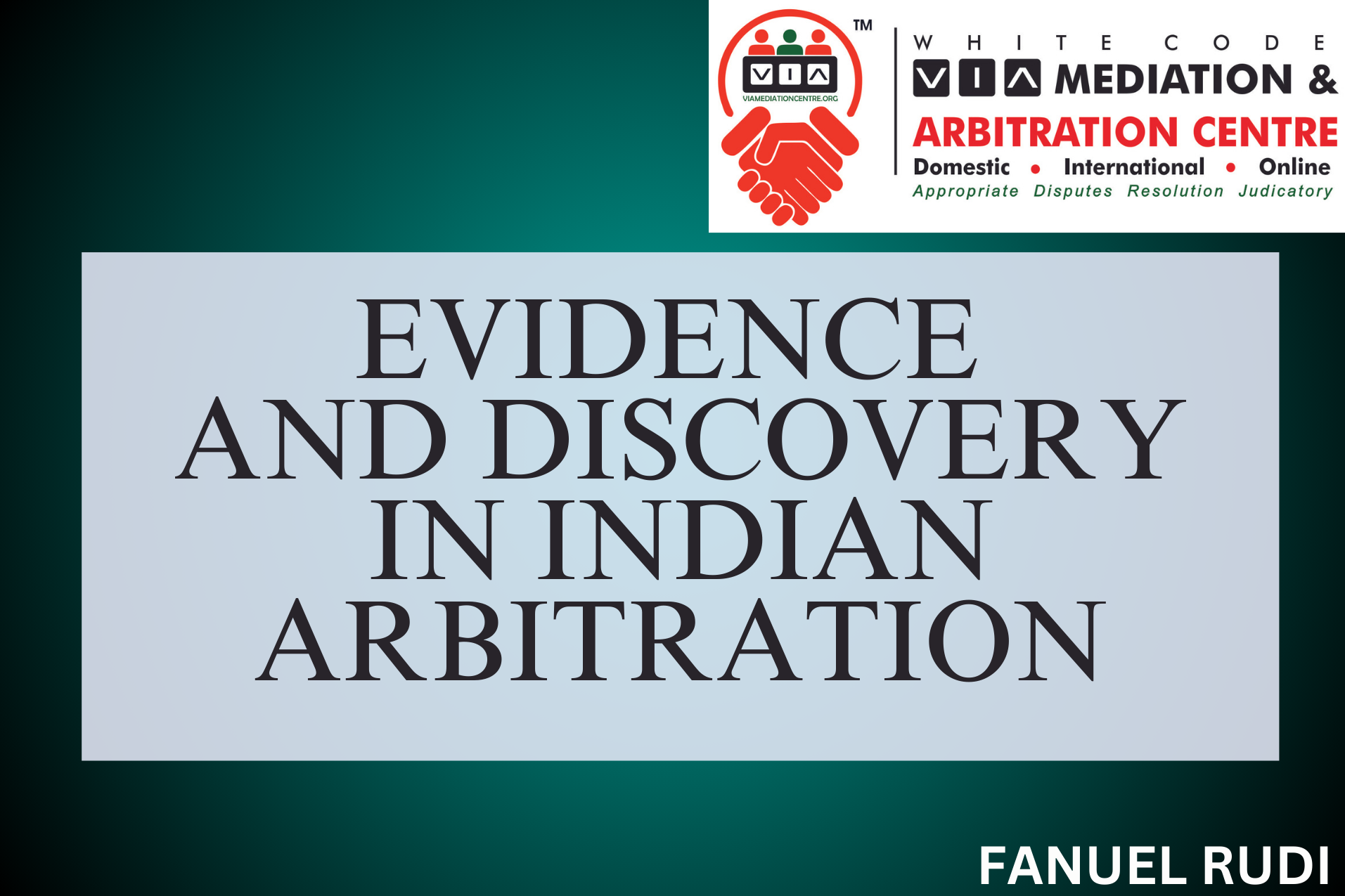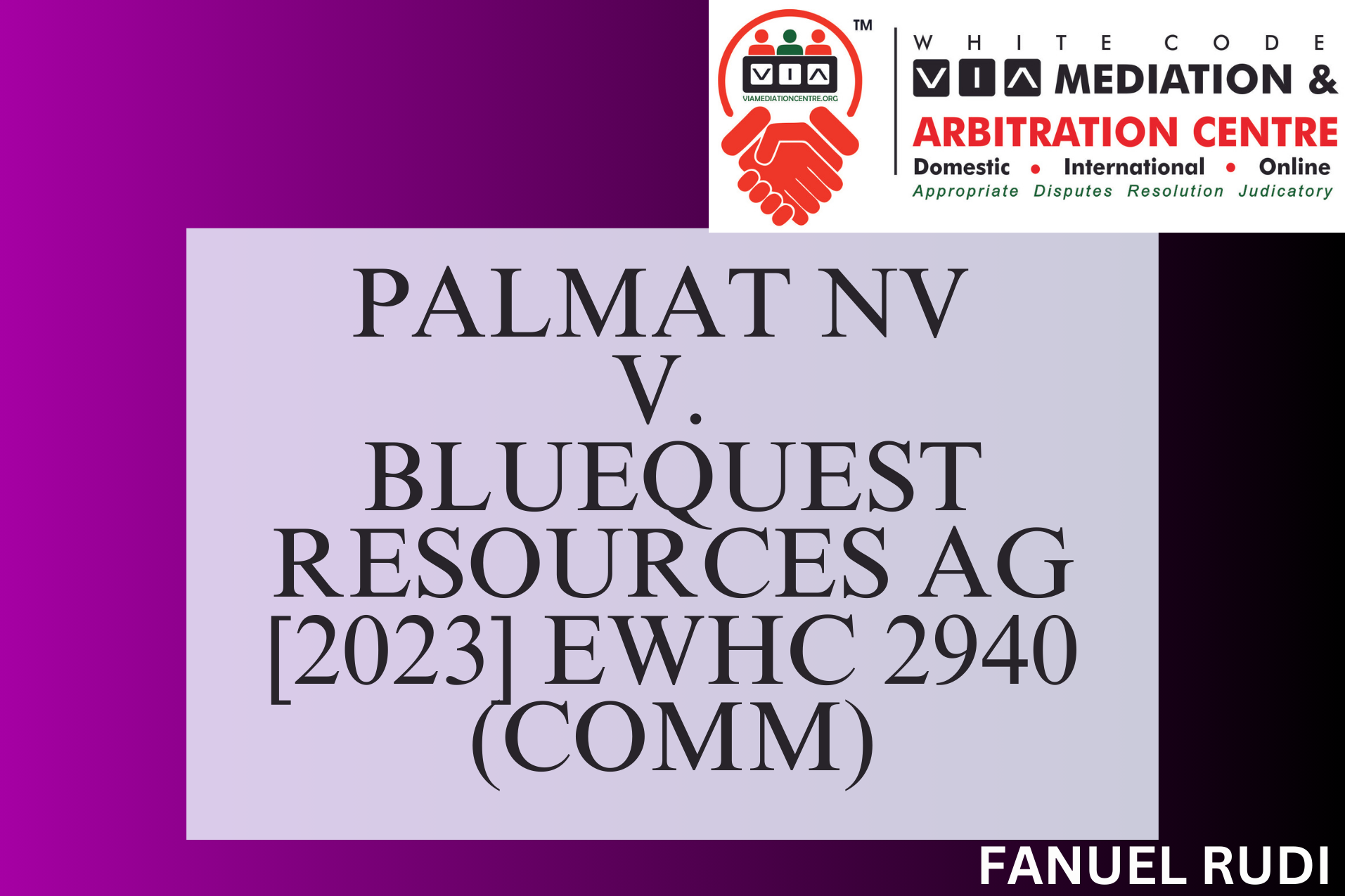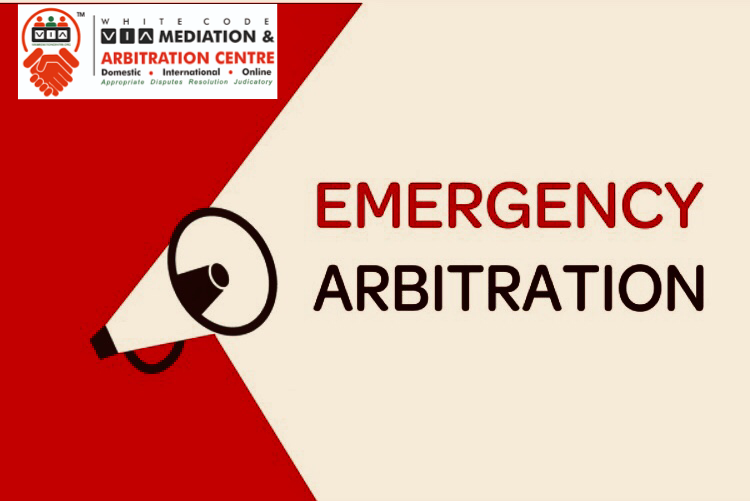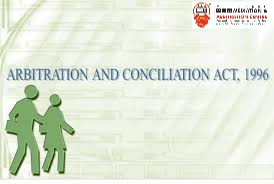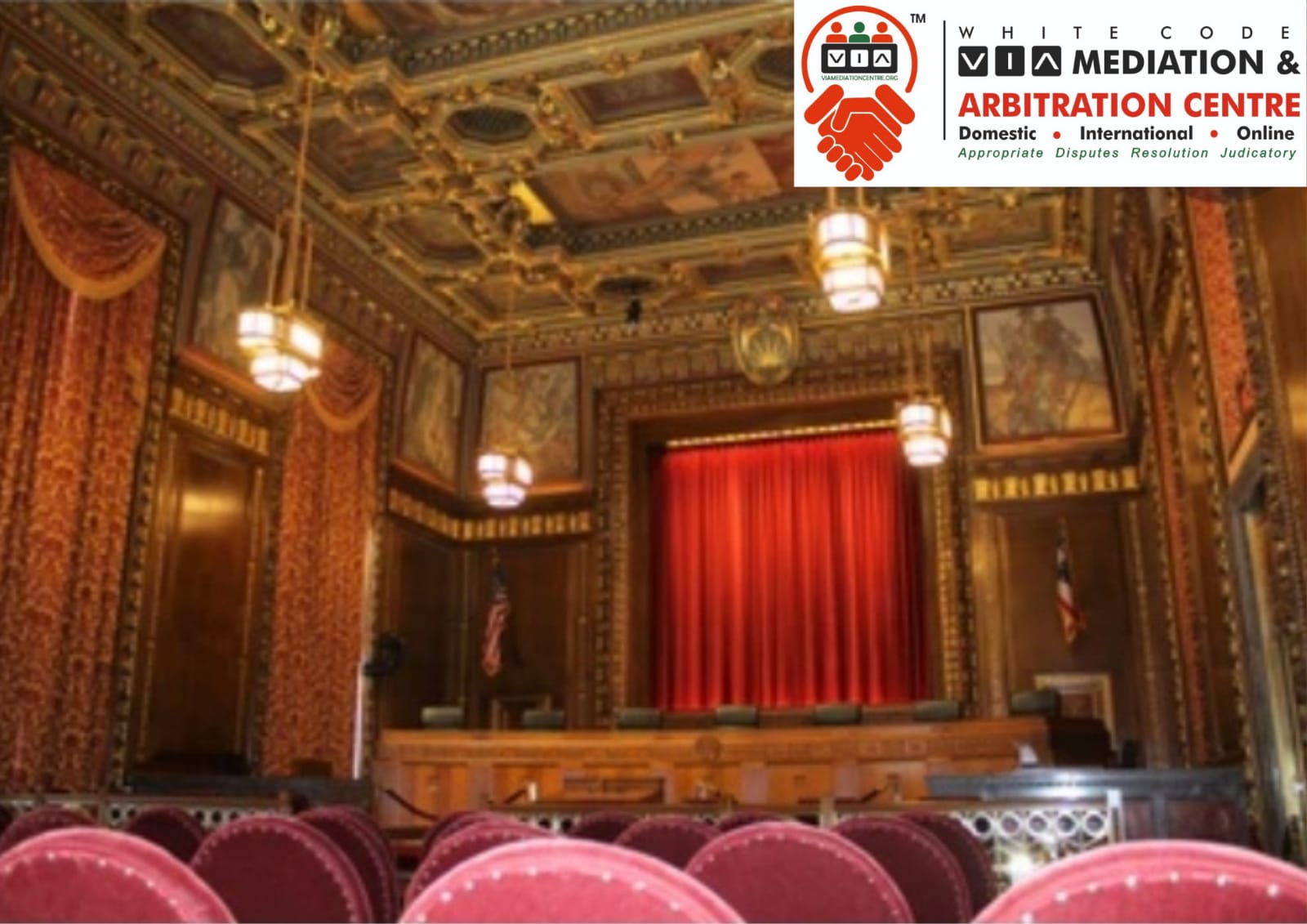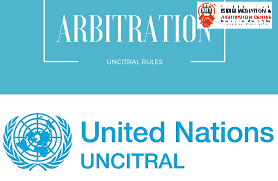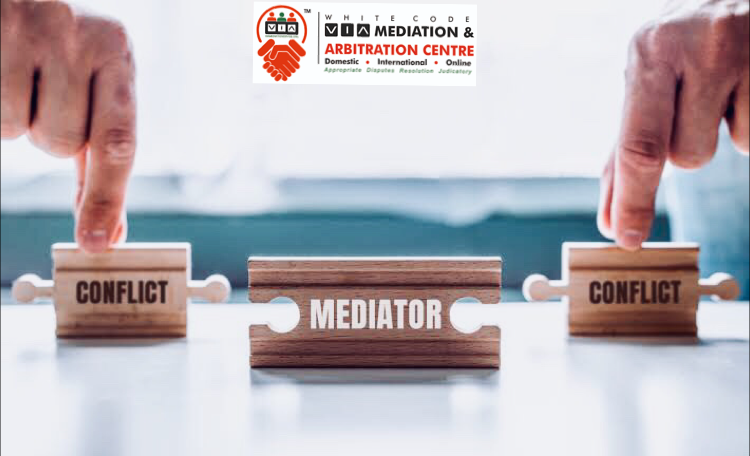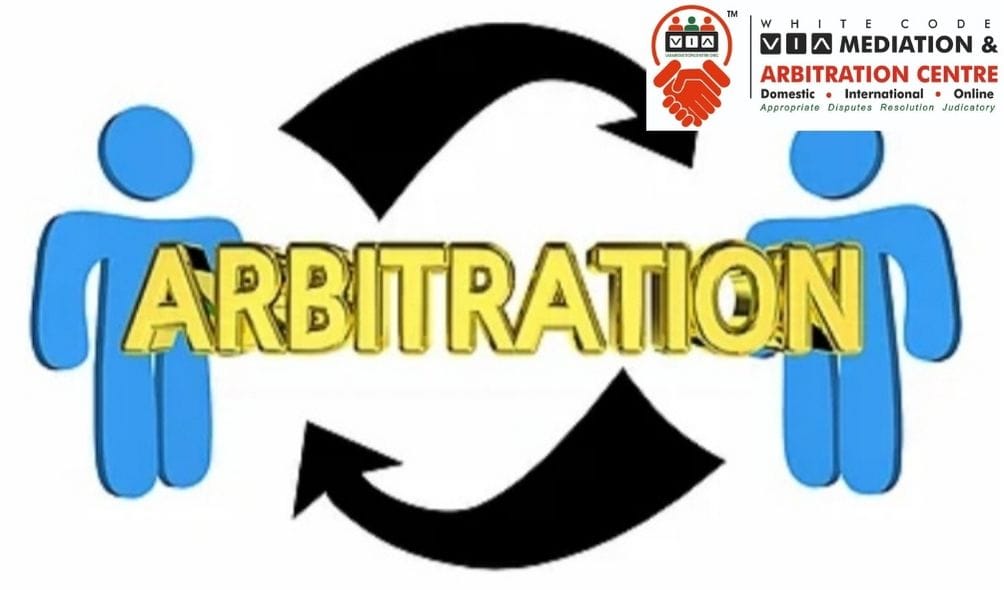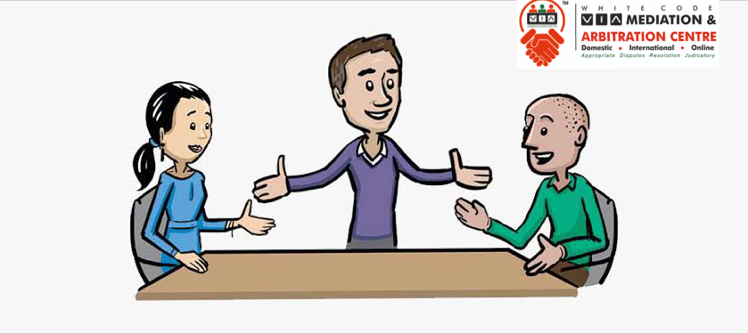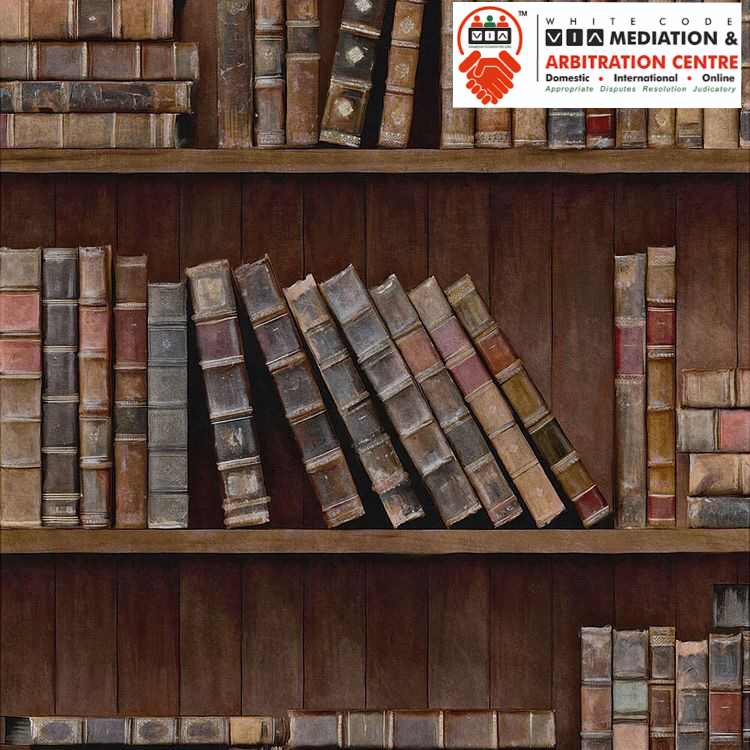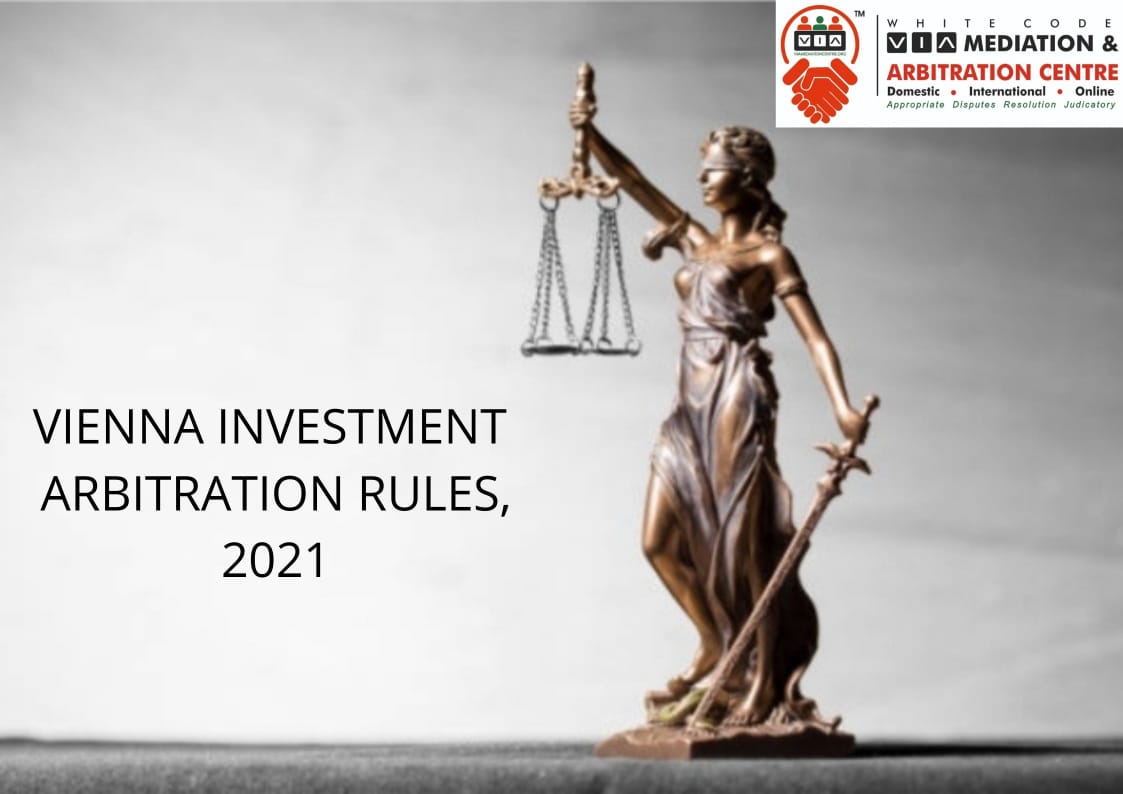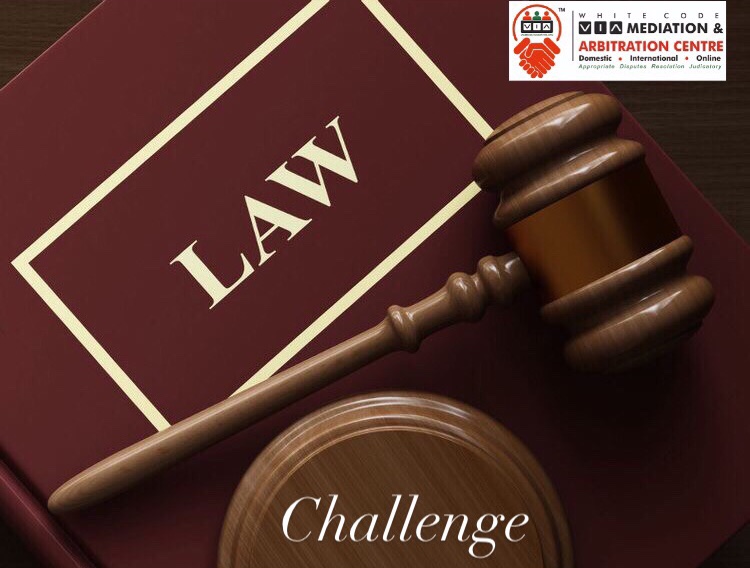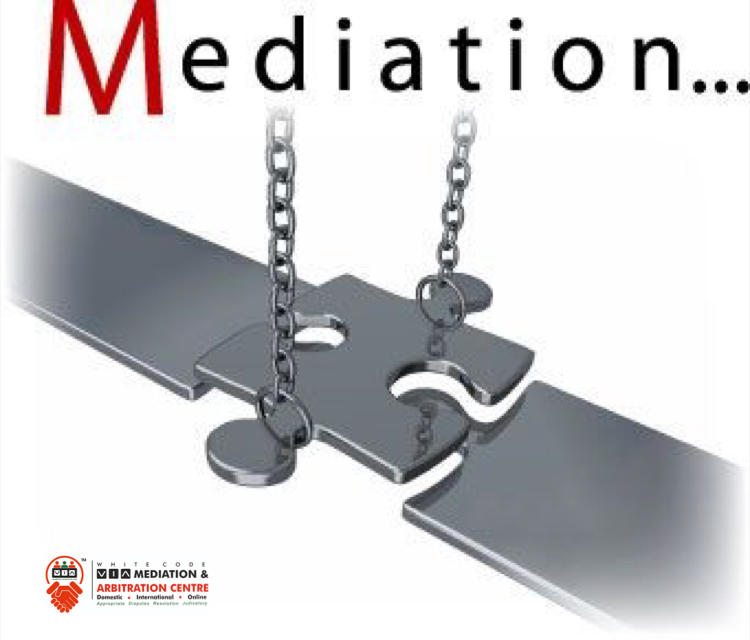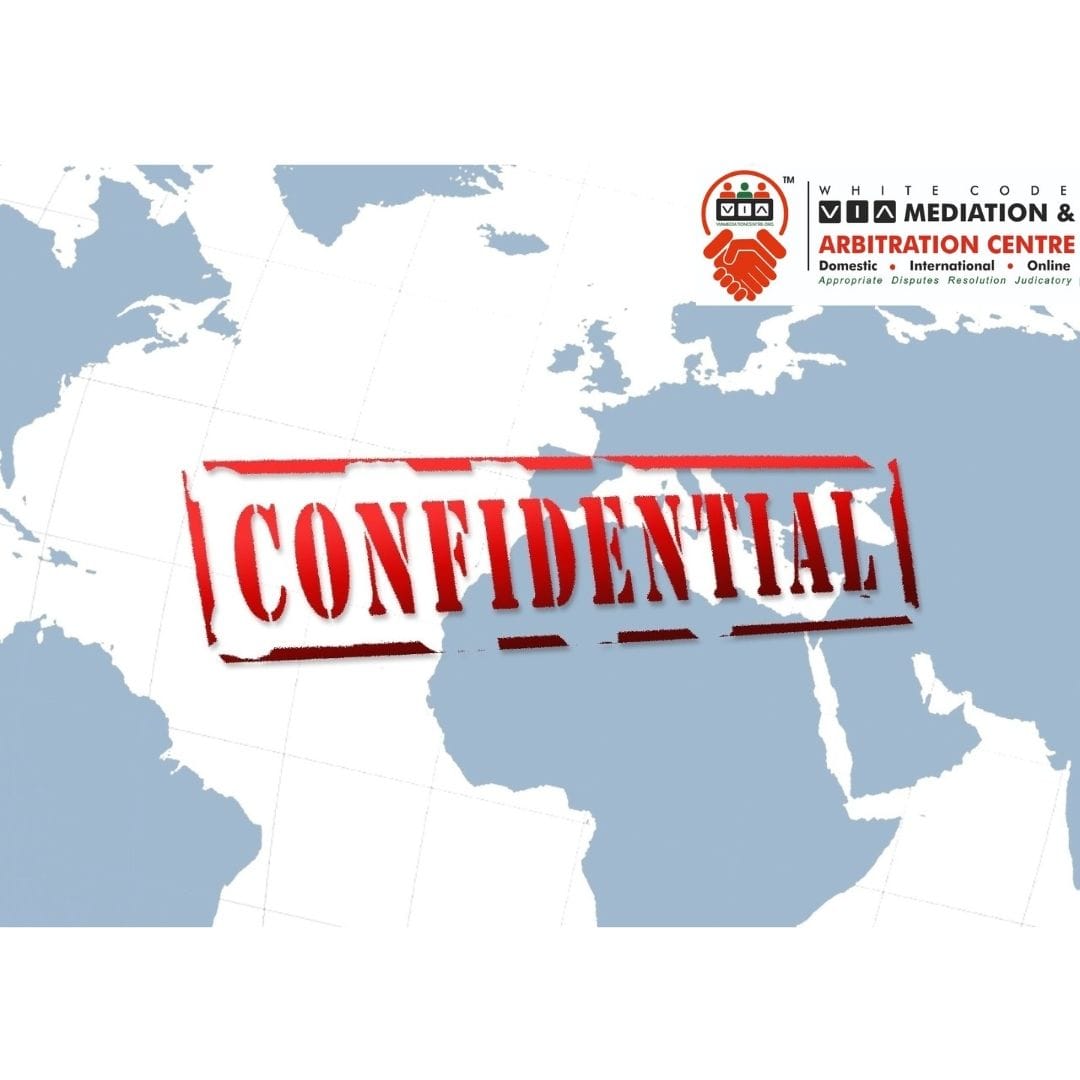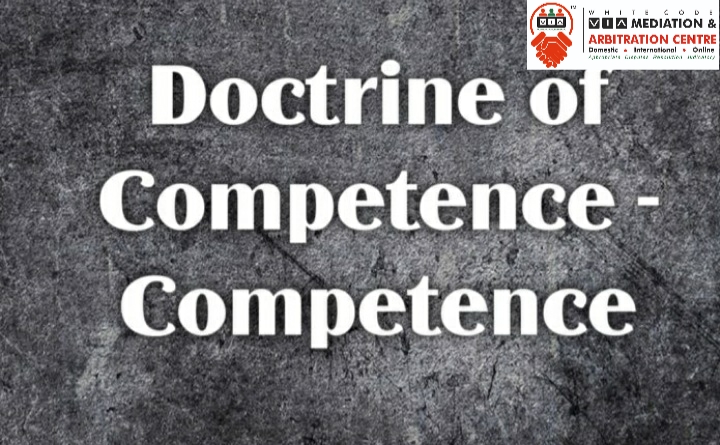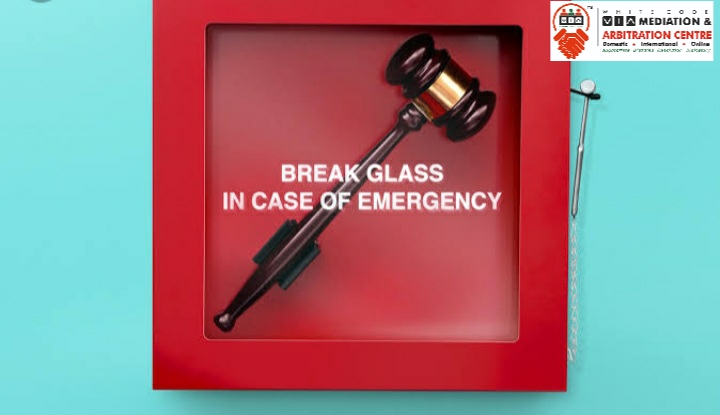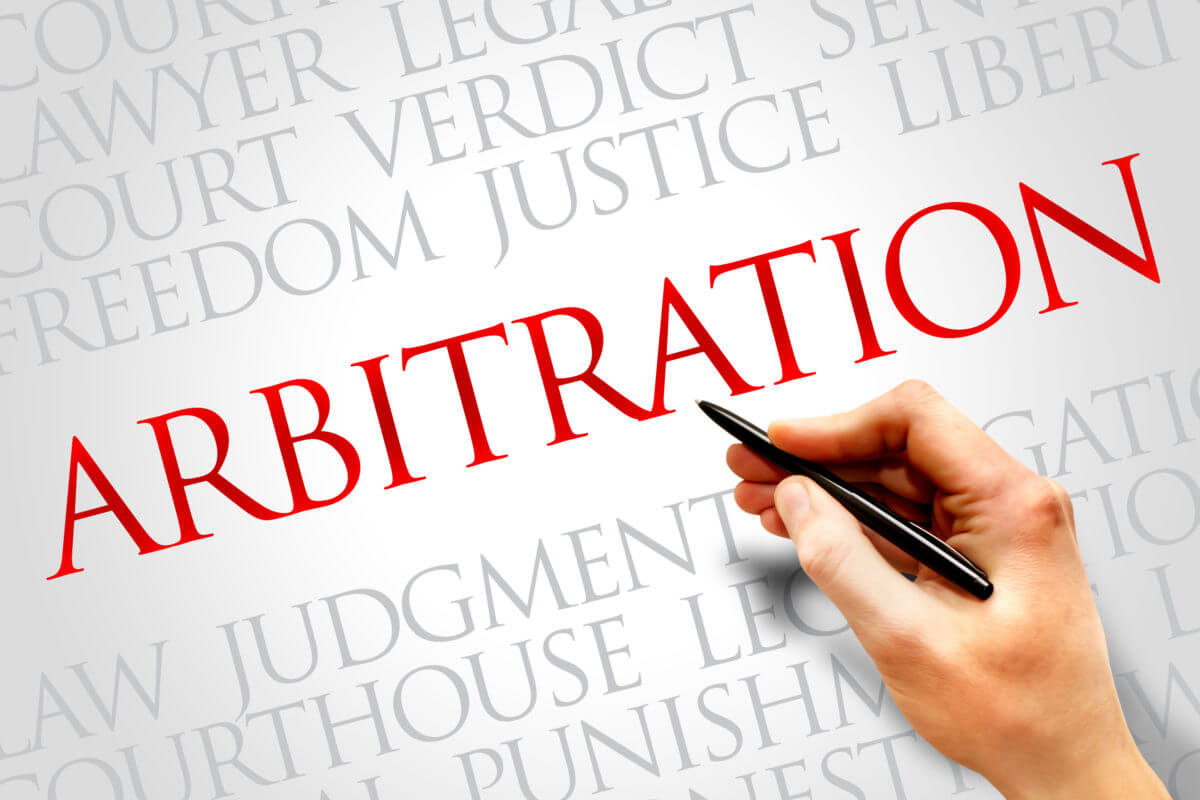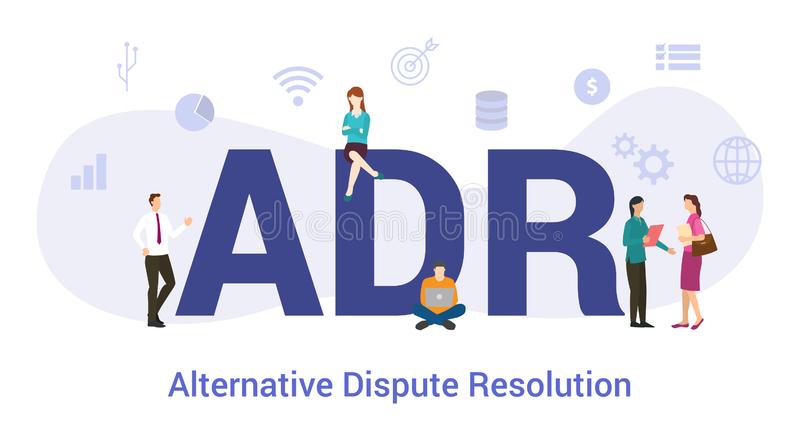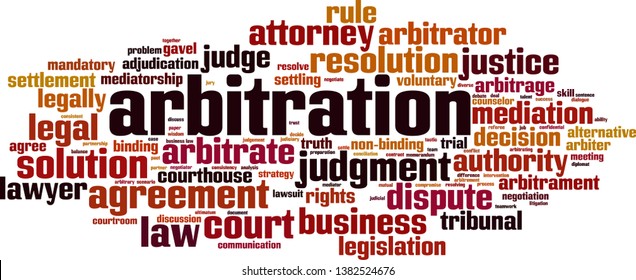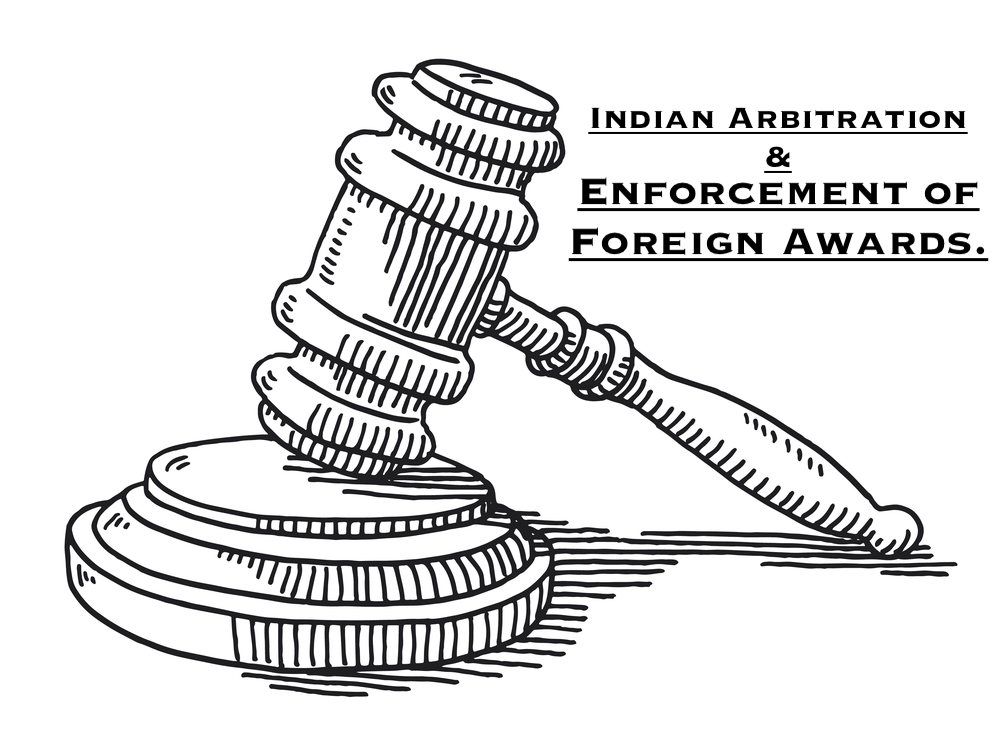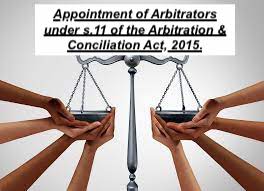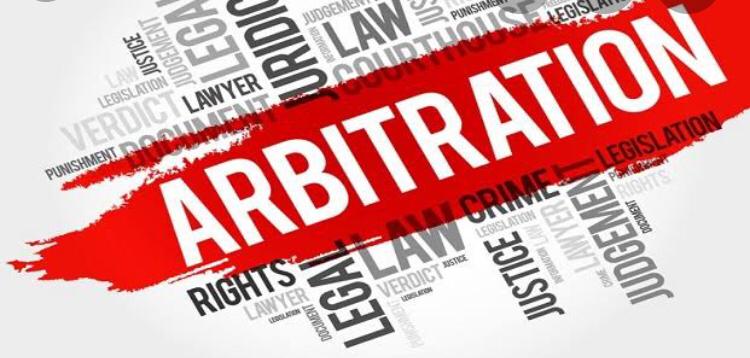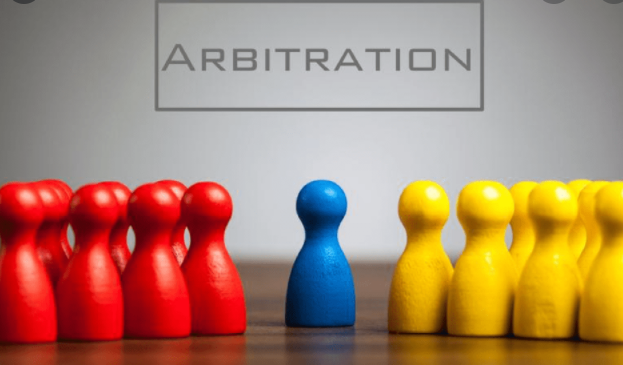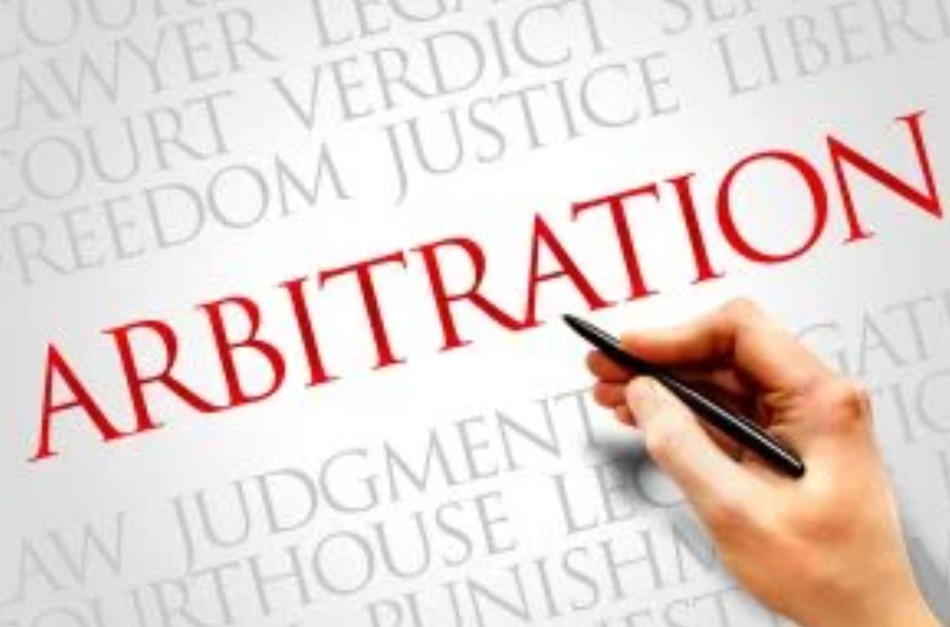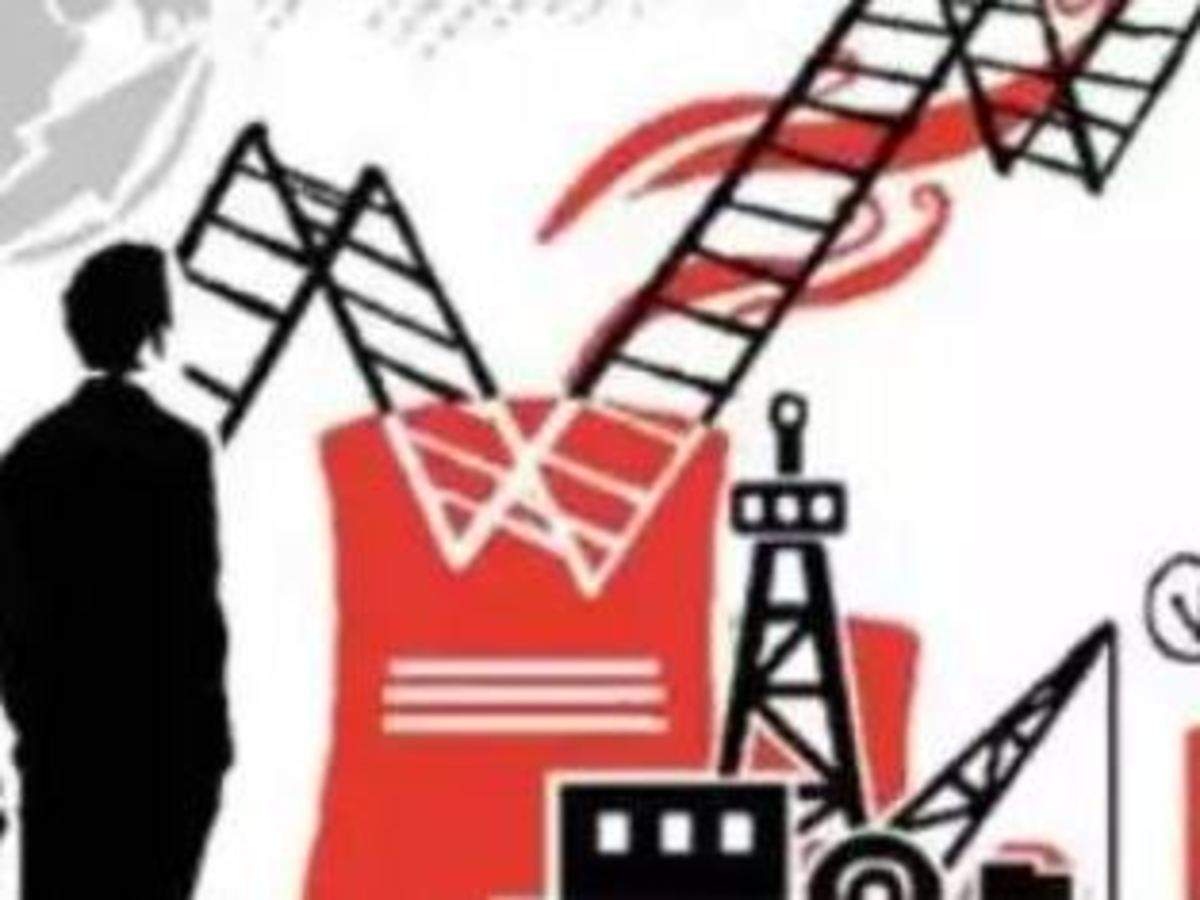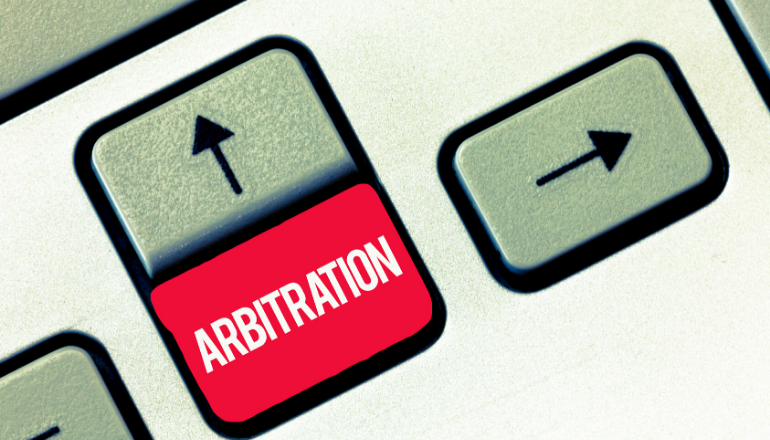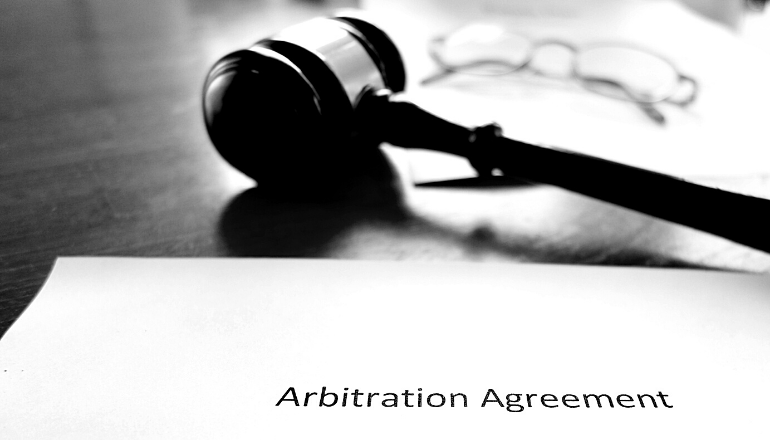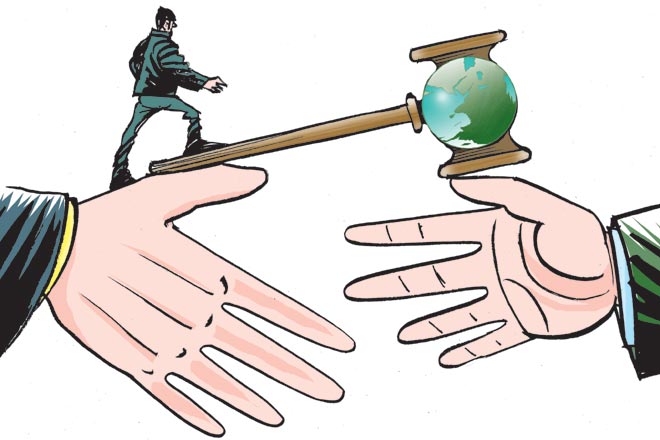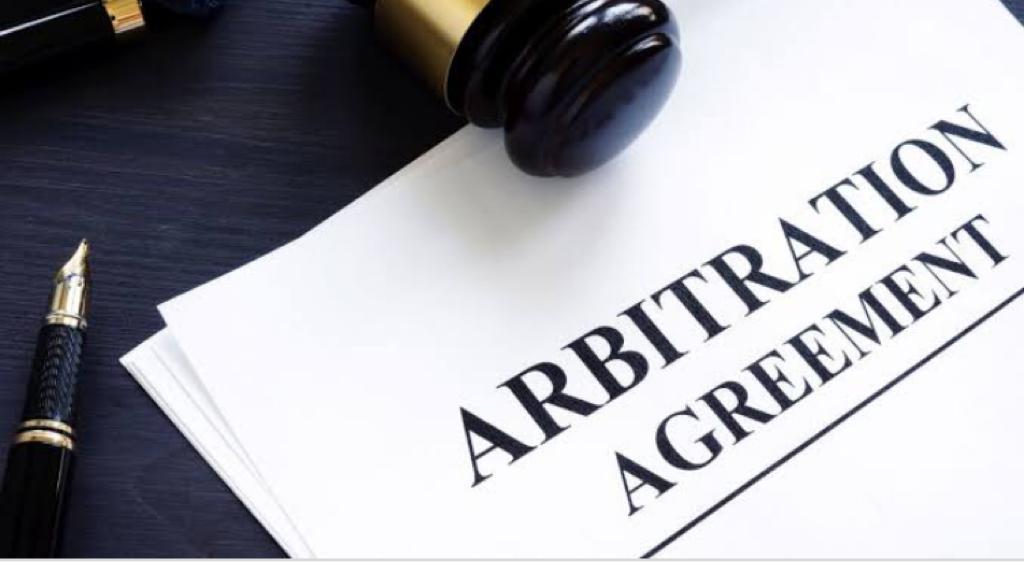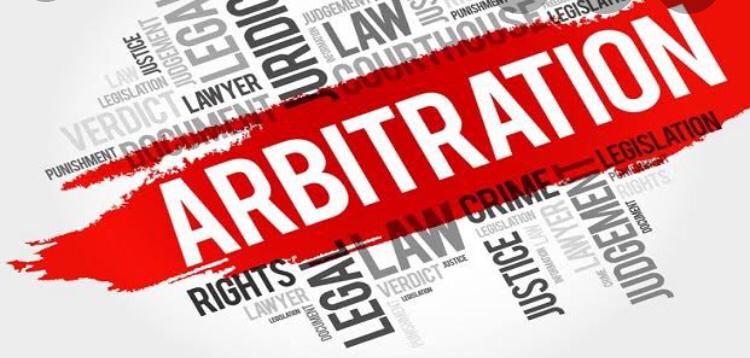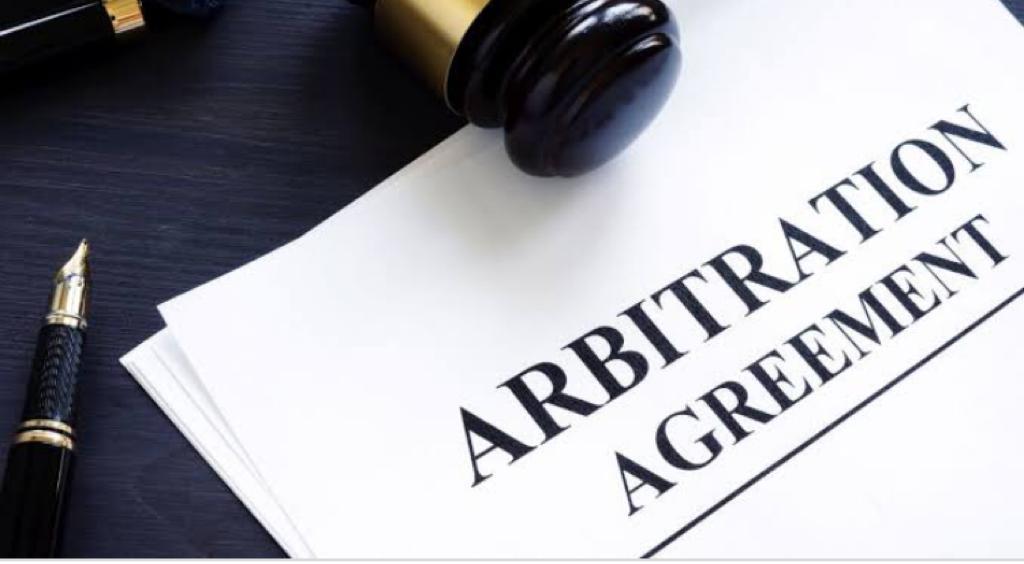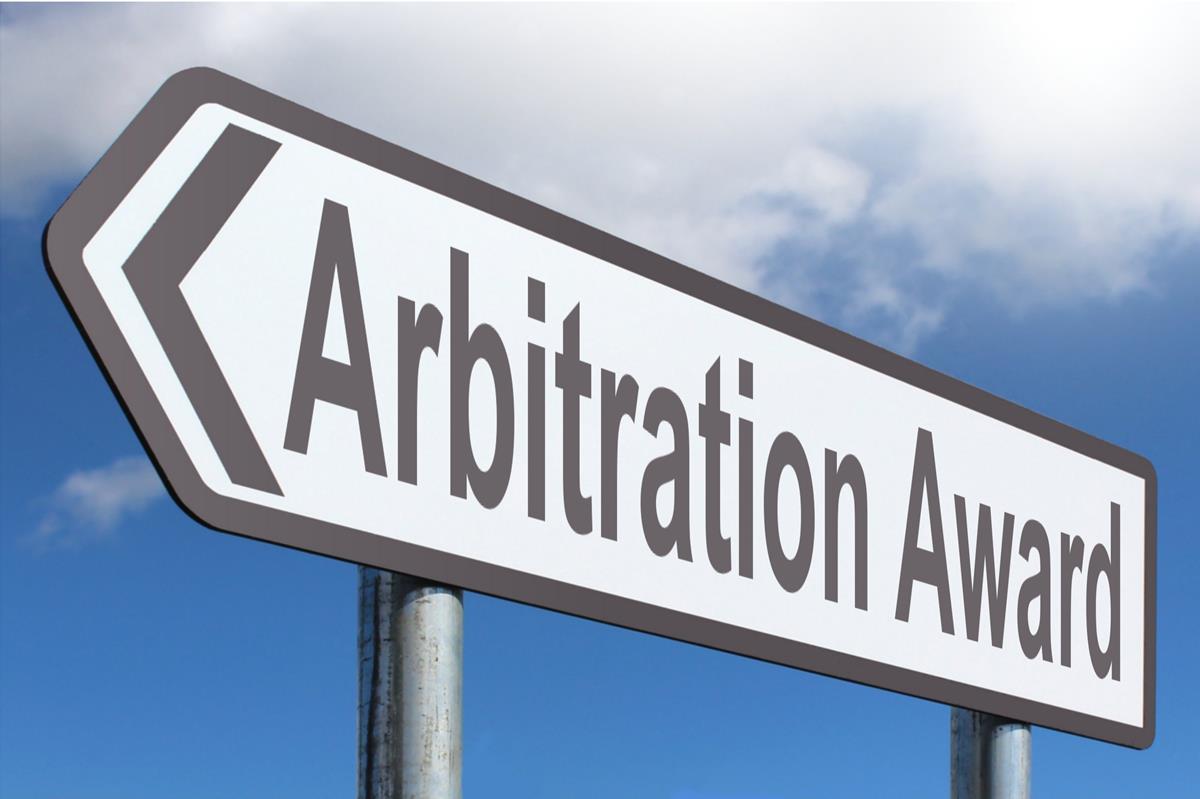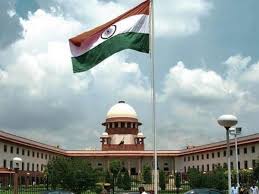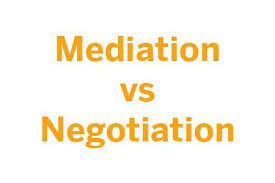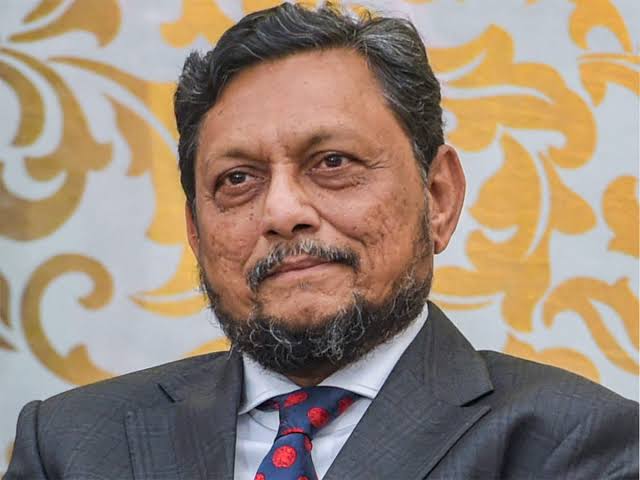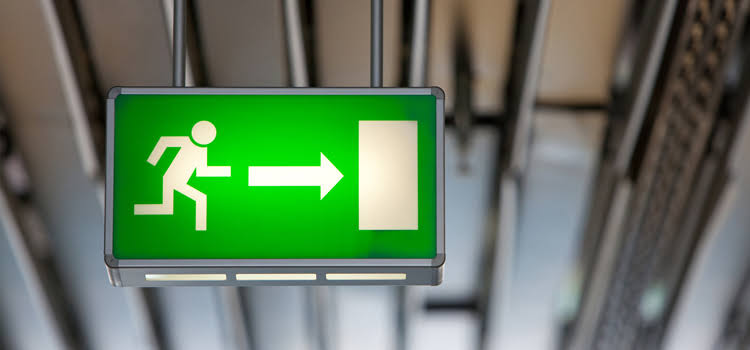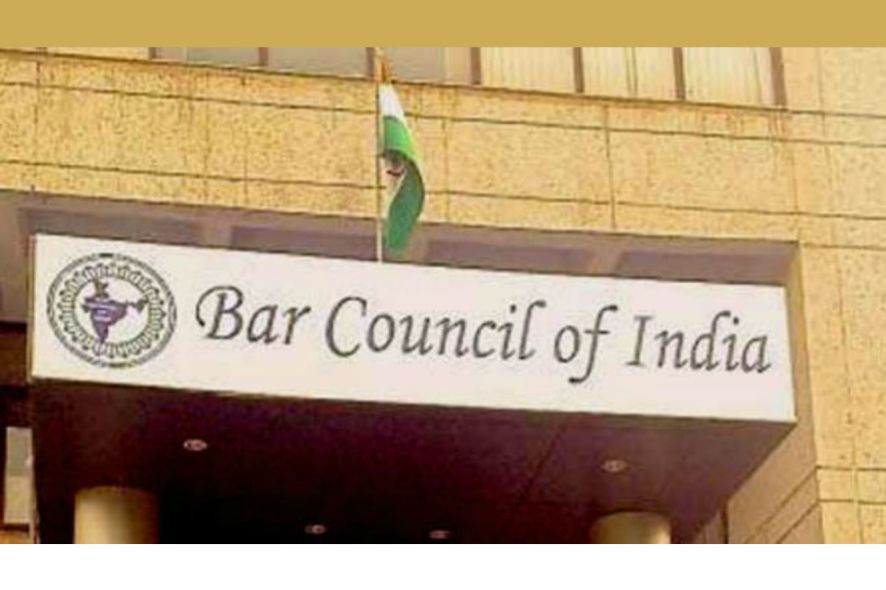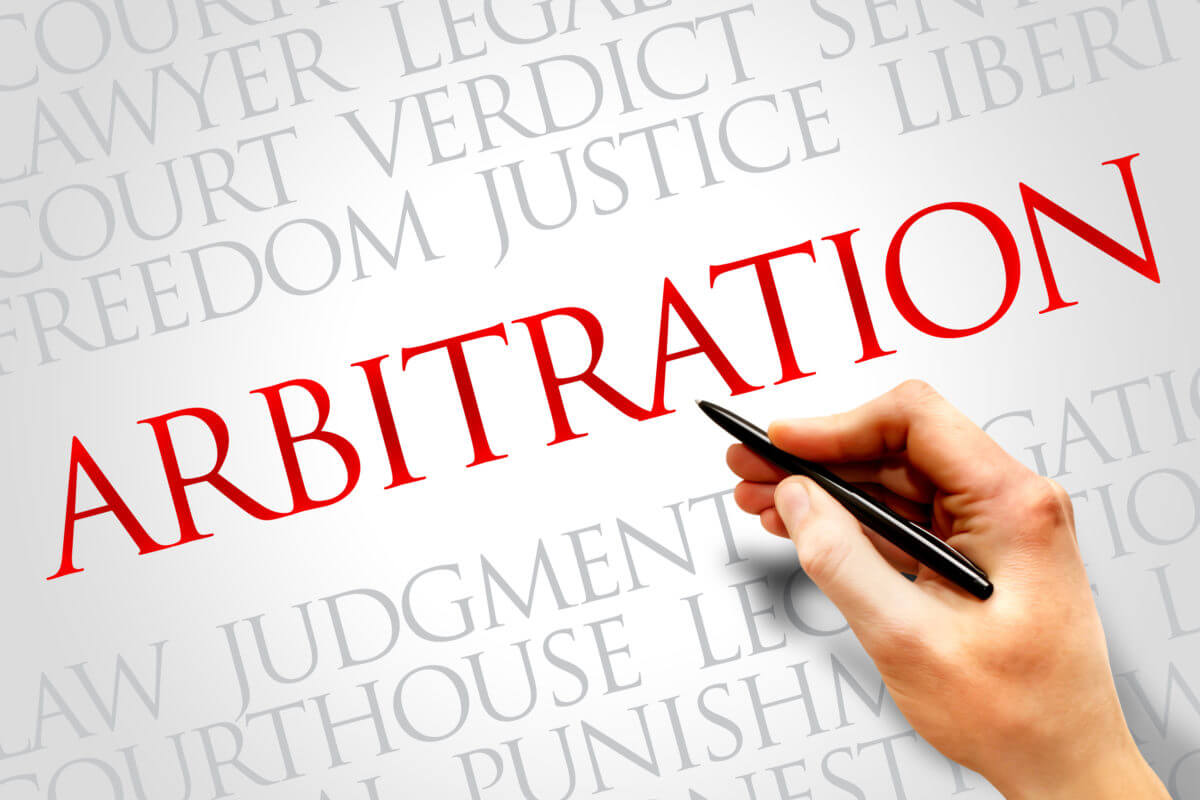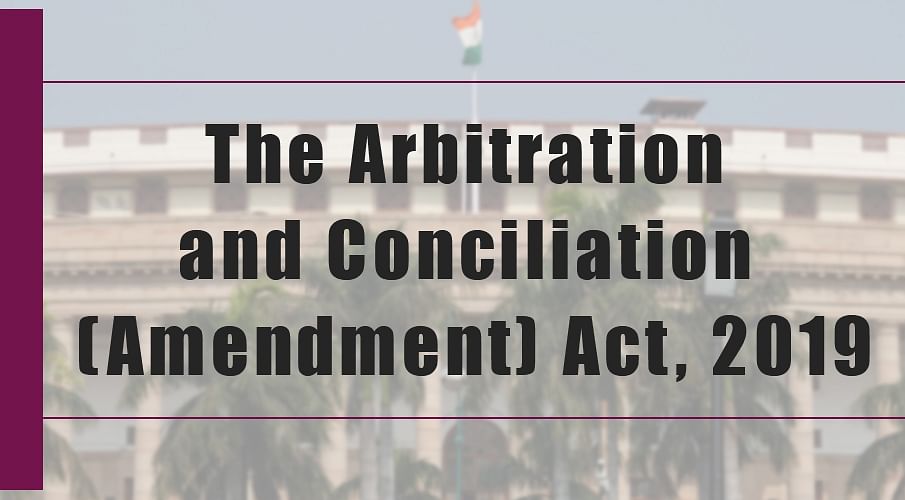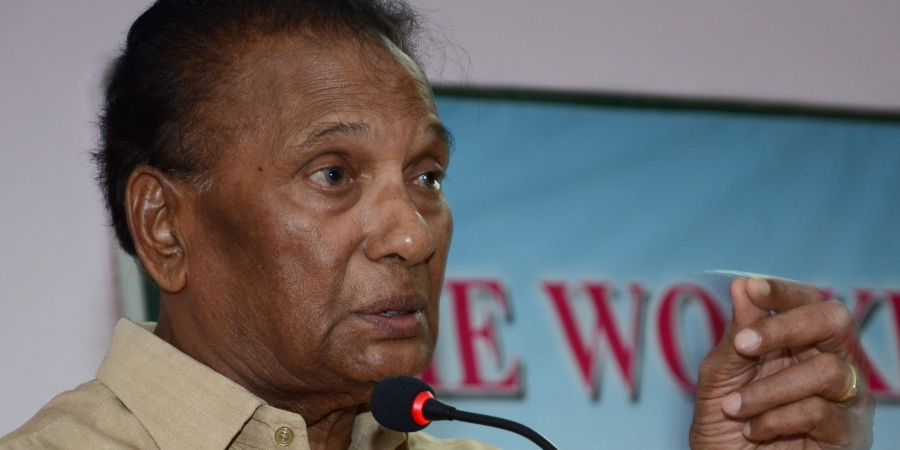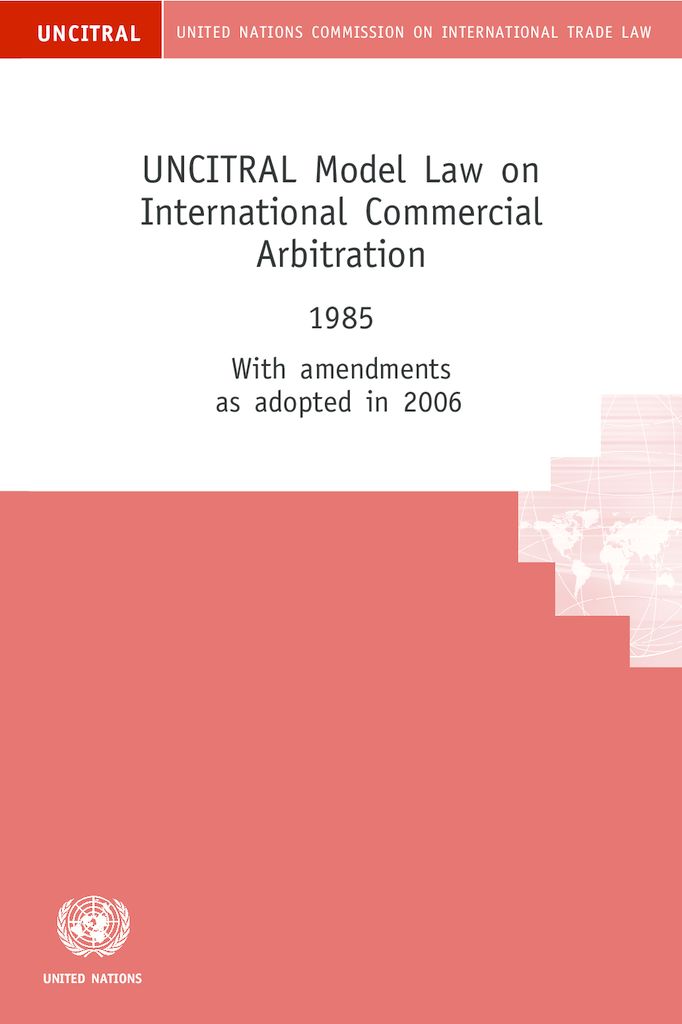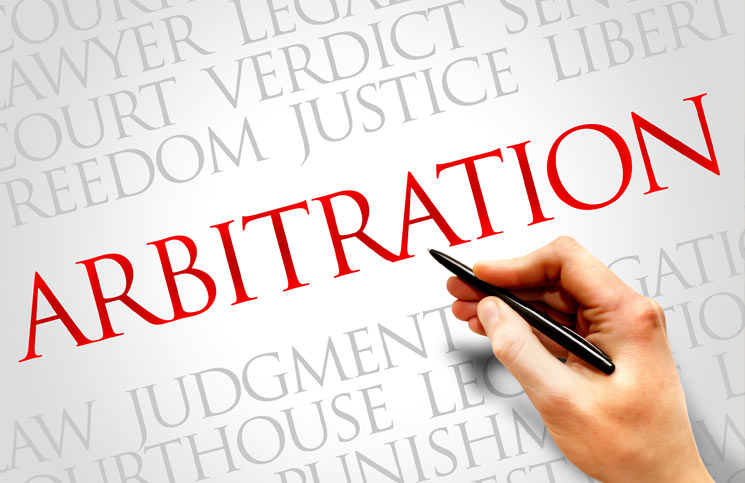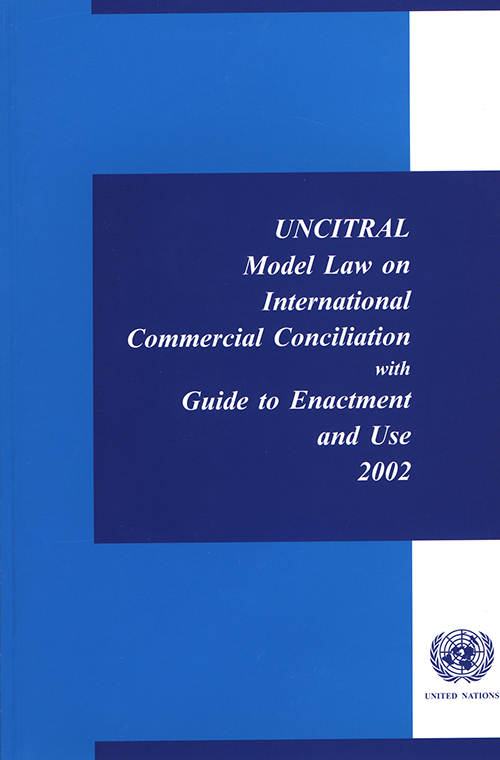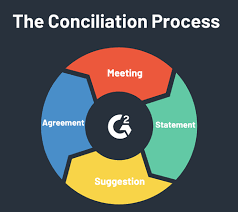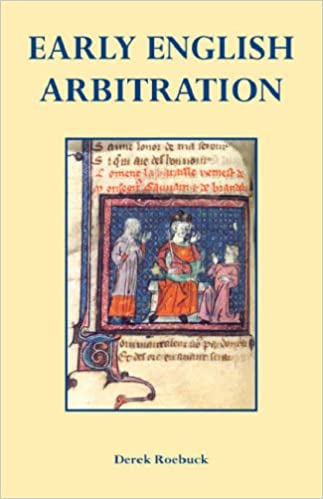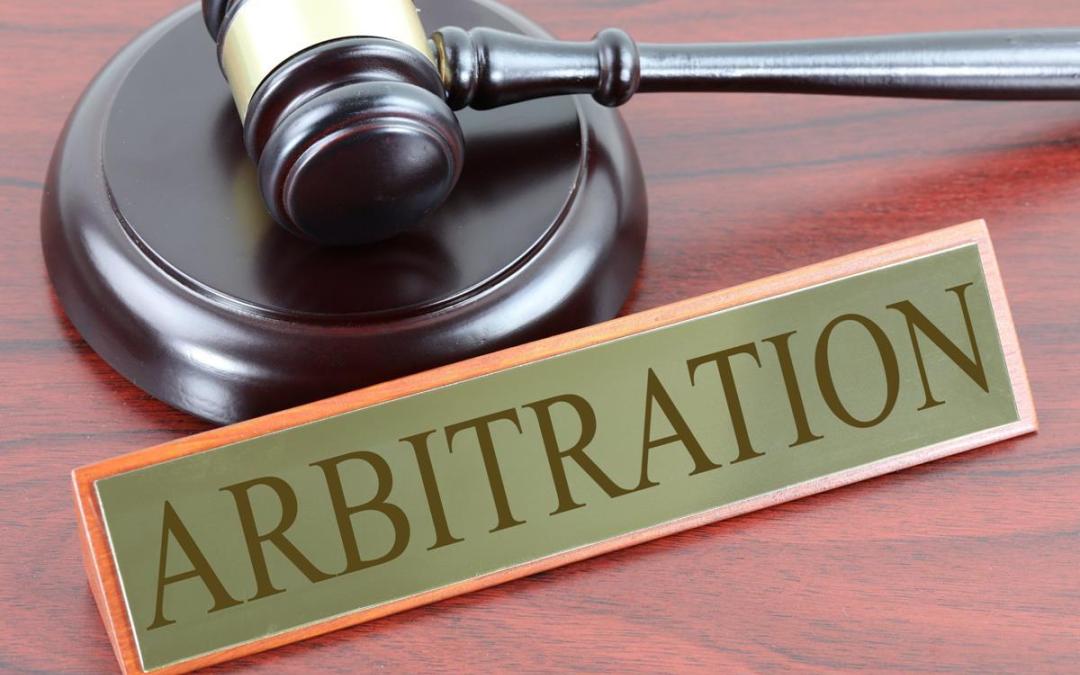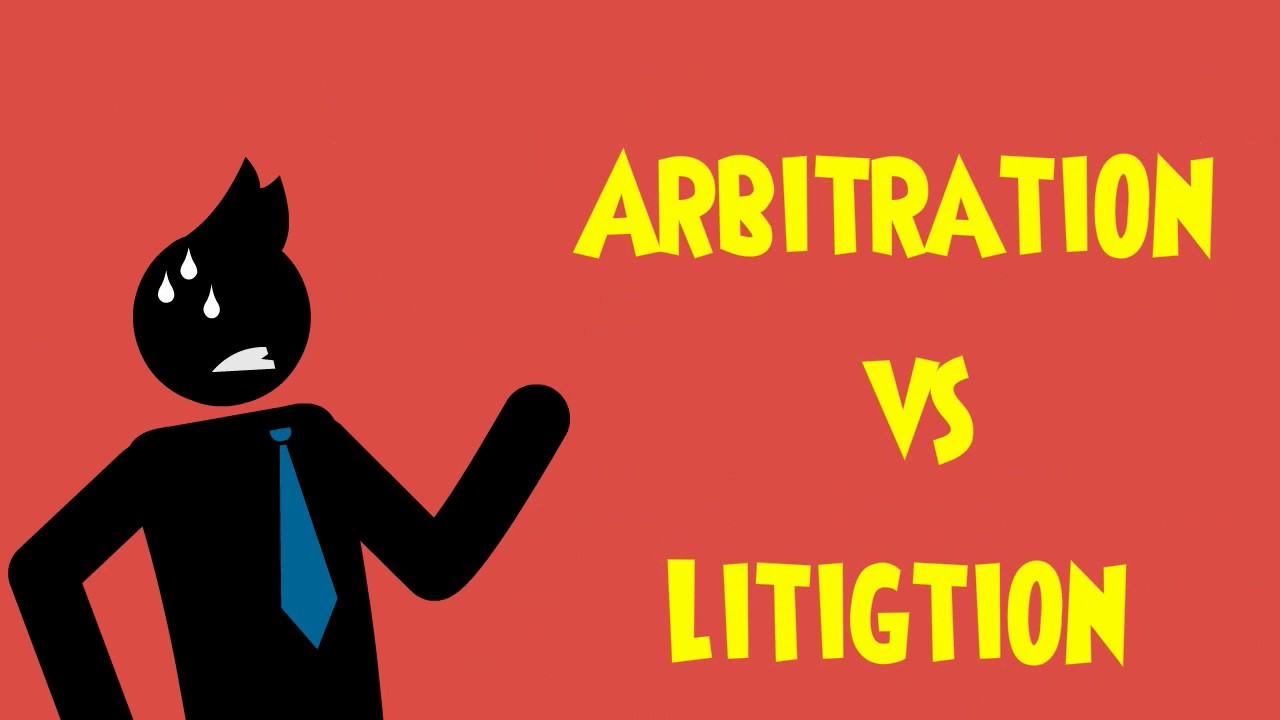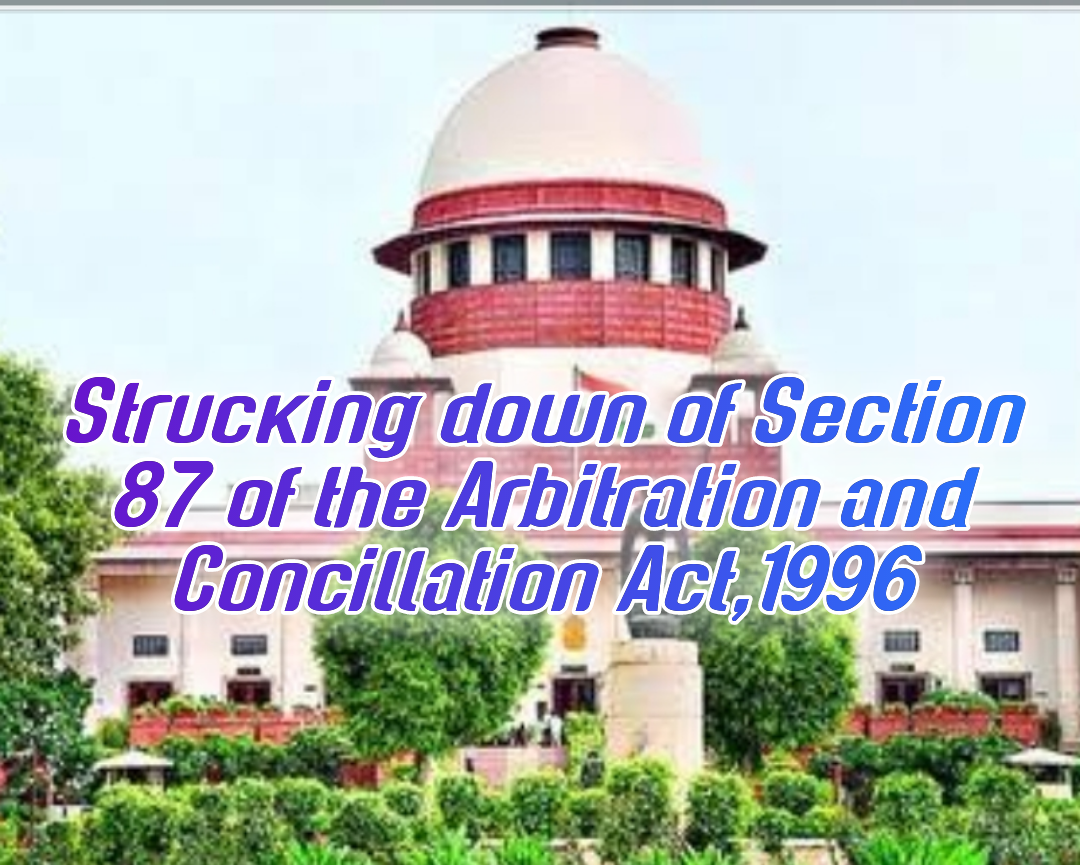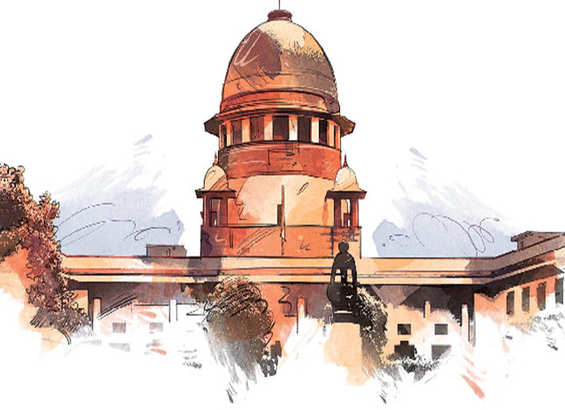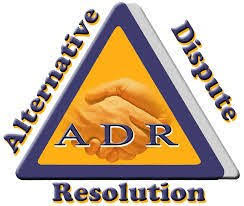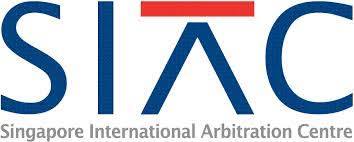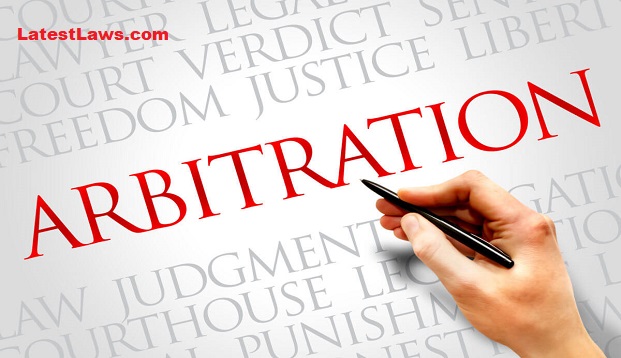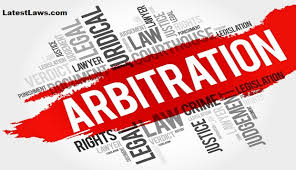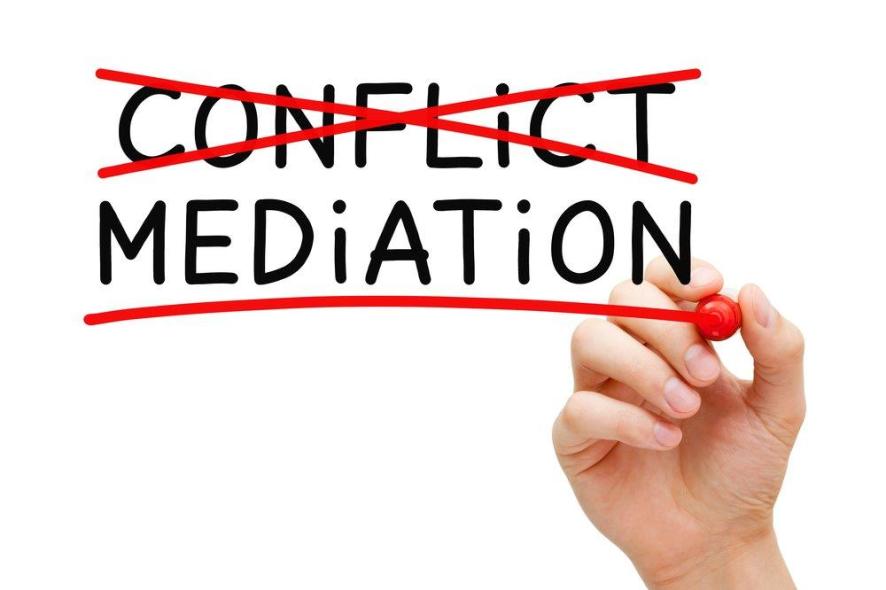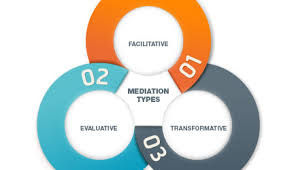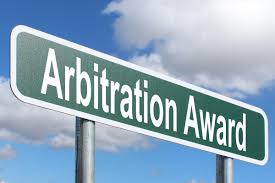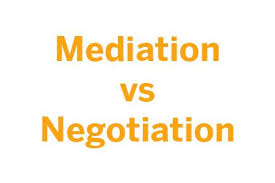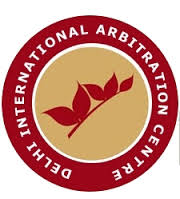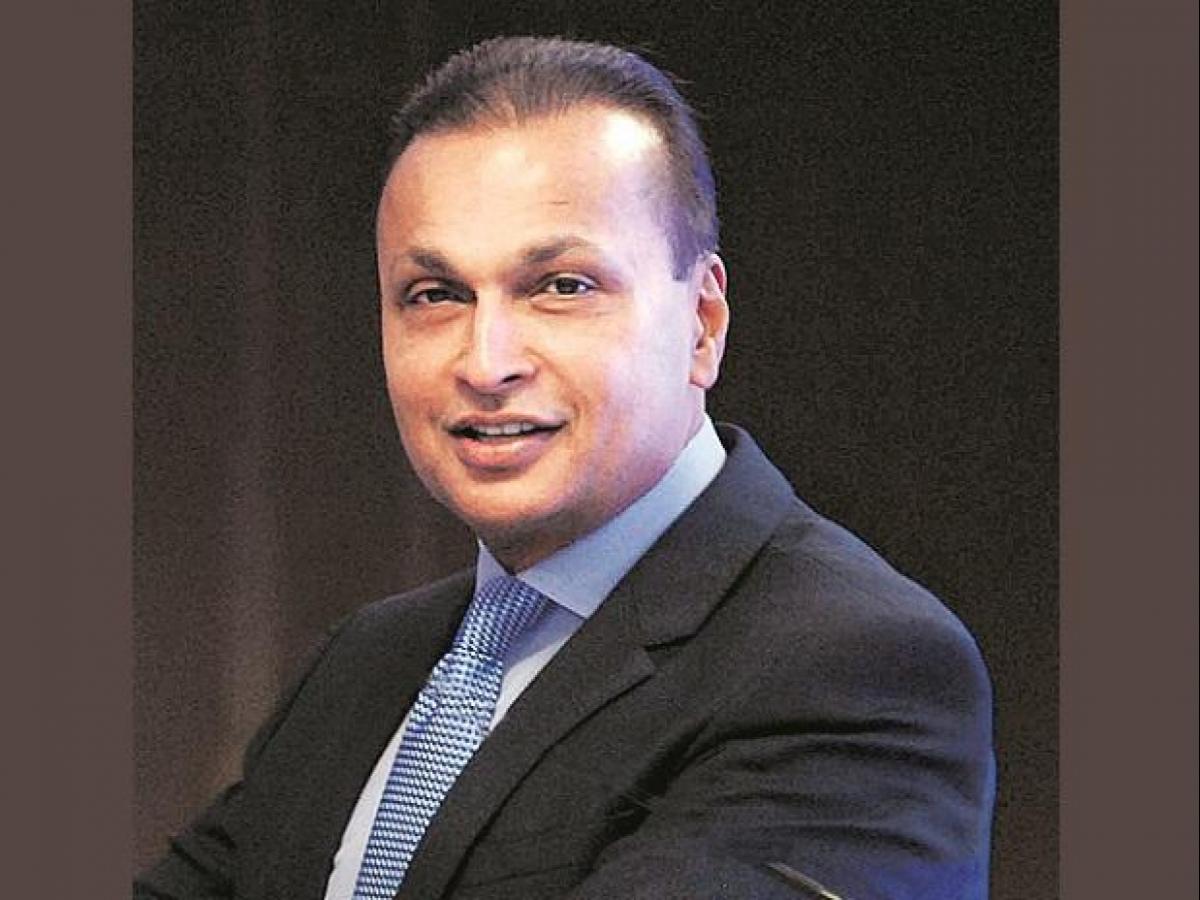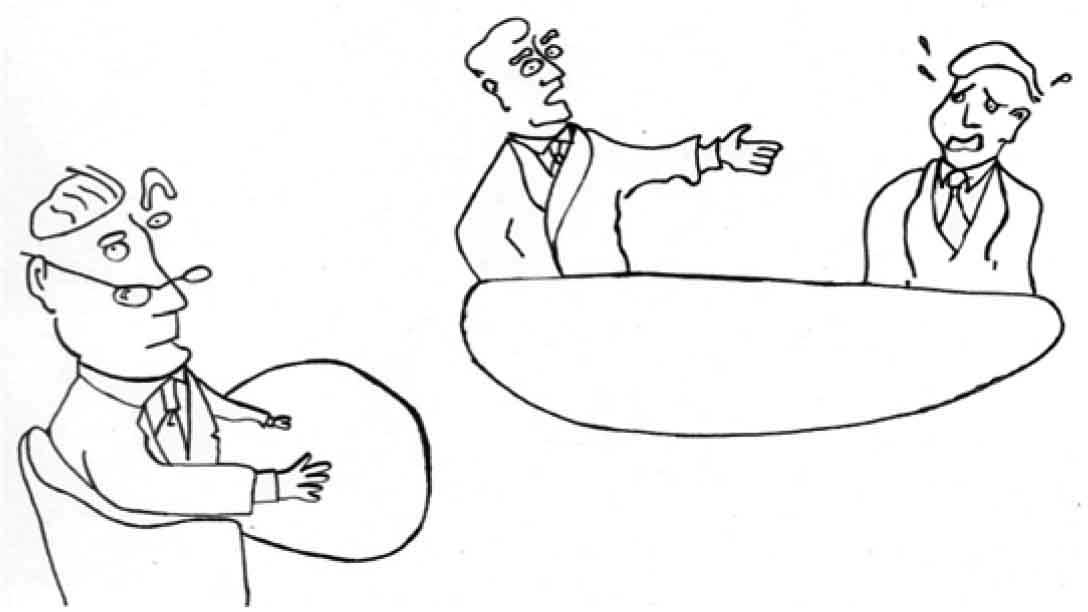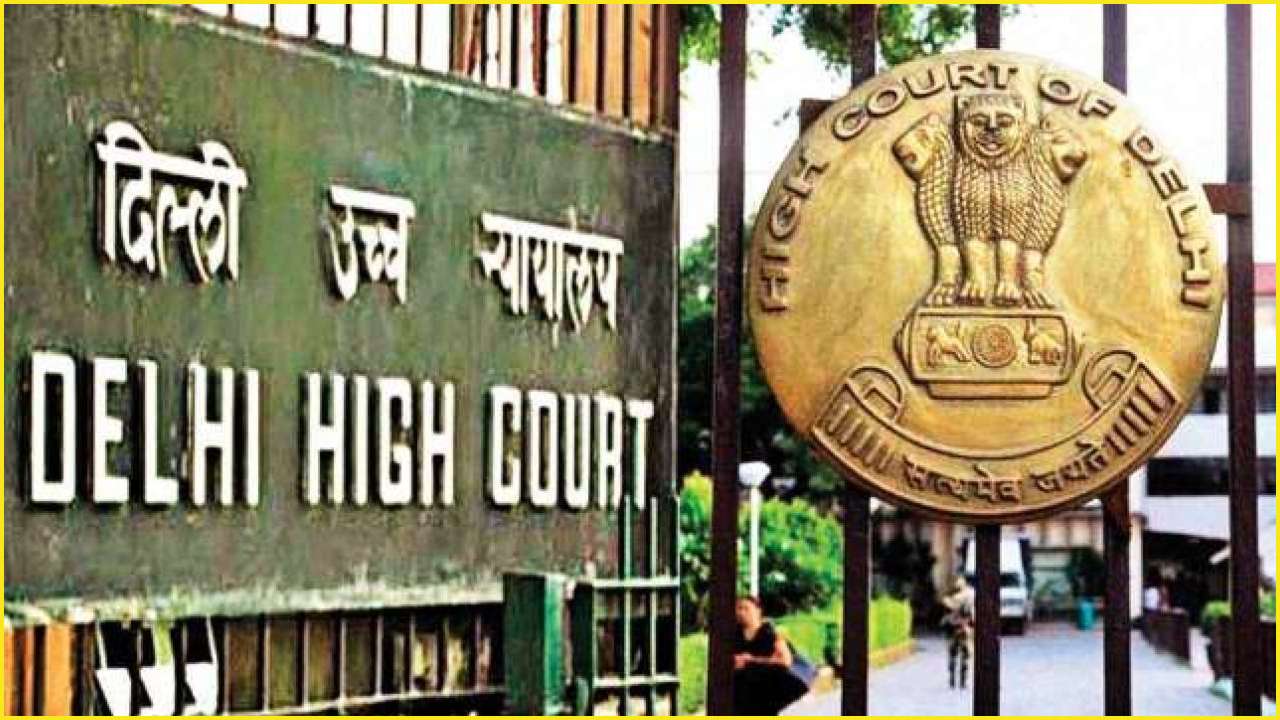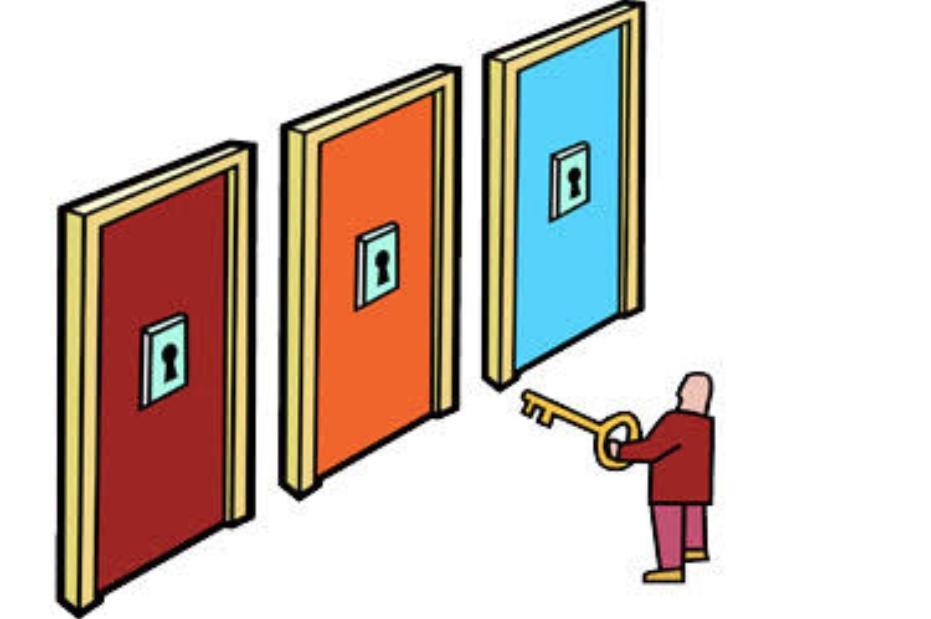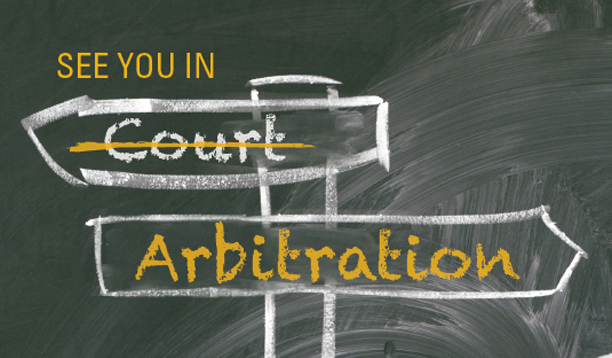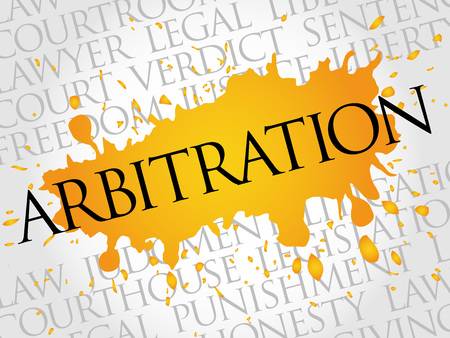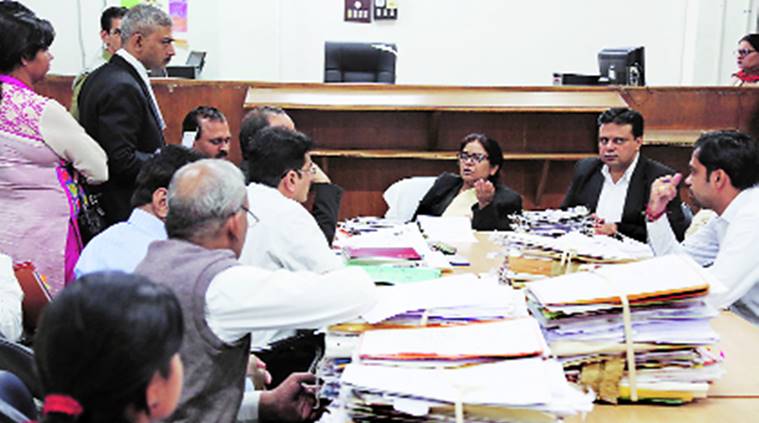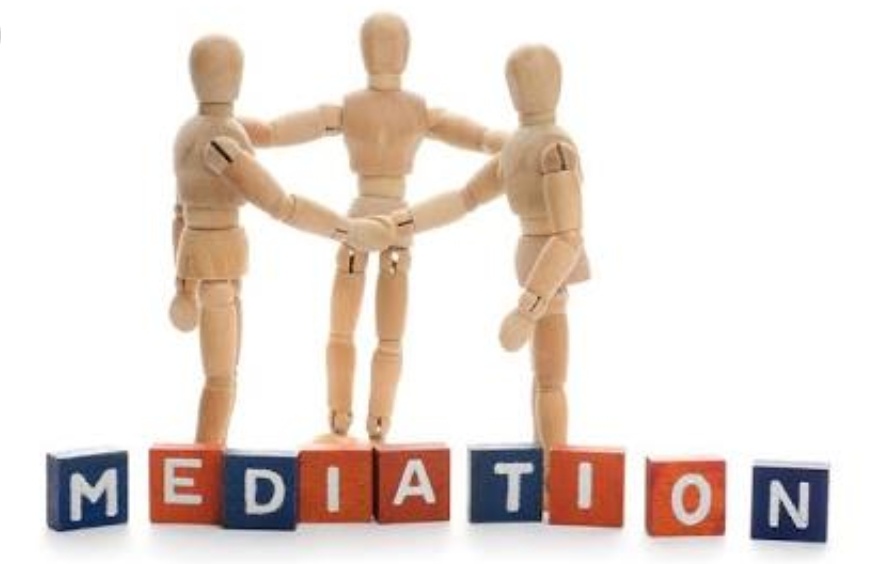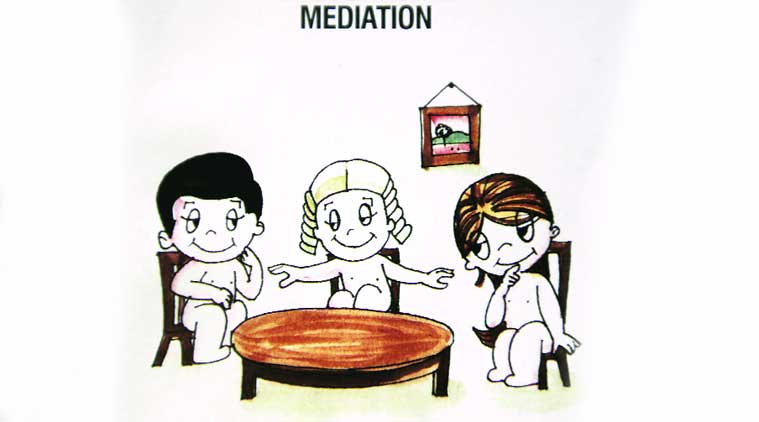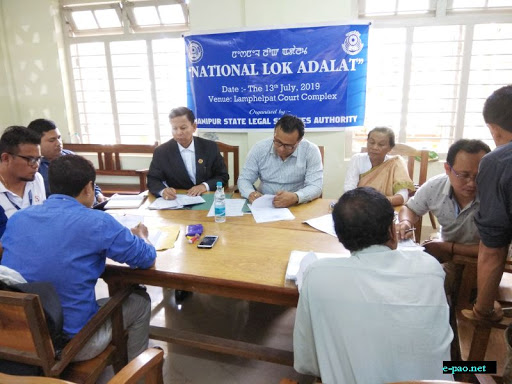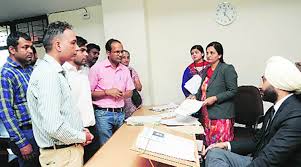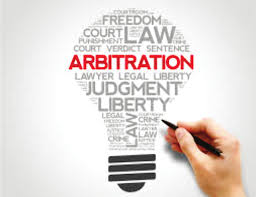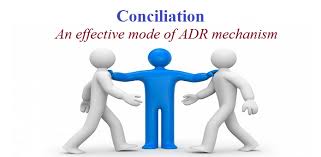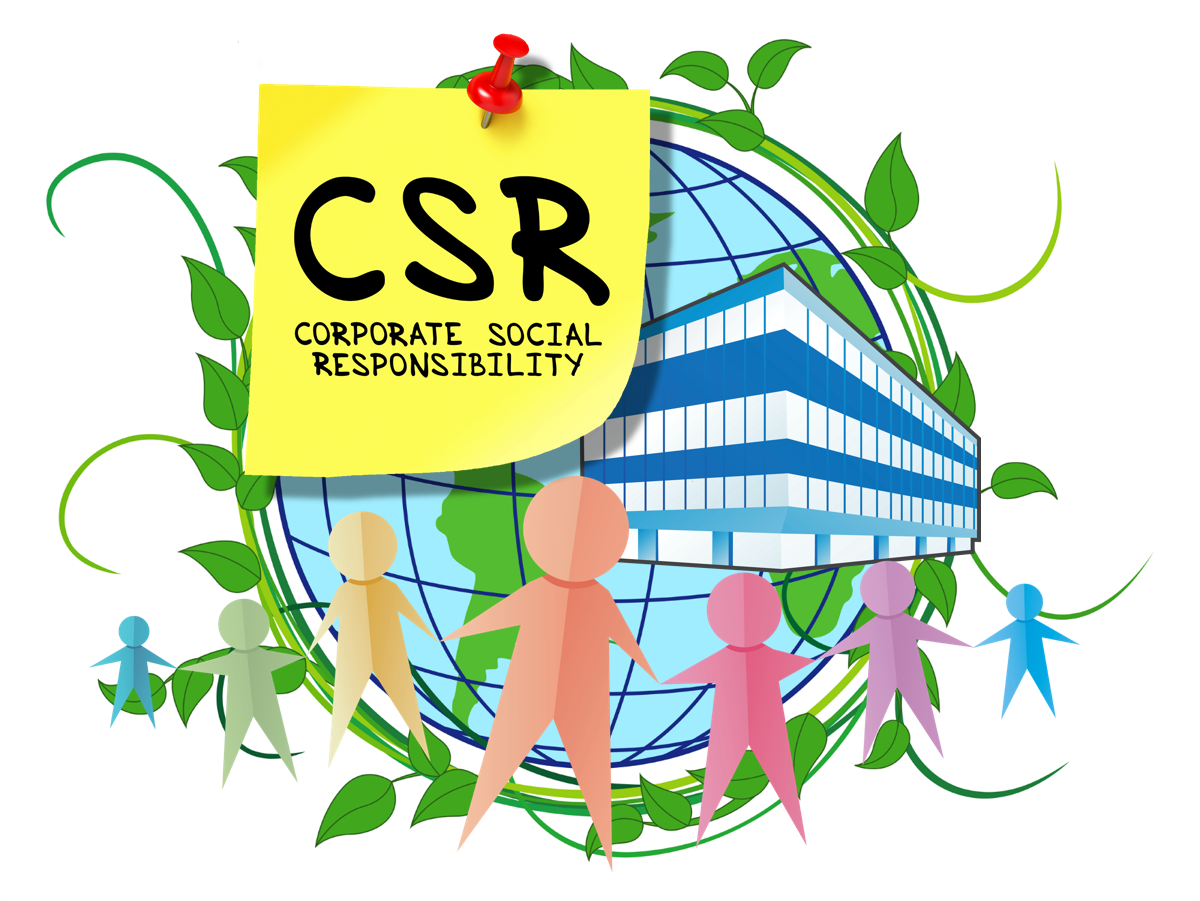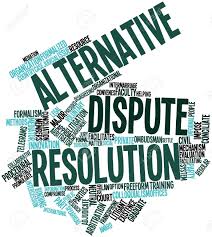Latest News
Transforming India's Legal Landscape: Advancing Mediation Legislation for Efficient Dispute Resolution

Transforming India's Legal Landscape: Advancing Mediation Legislation for Efficient Dispute Resolution
The Indian judiciary is essential to upholding the rule of law, social fairness, and order. It also protects citizens' rights. Economic stability is ensured by the efficient functioning of the civil justice system, which substantially impacts economic efficiency. Democracy cannot exist without a quick and effective civil justice system. At the end of 2017, over 2.6 crore cases were waiting in Indian High Courts, demonstrating the court system's infamous failure to resolve matters quickly. The Supreme Court has acknowledged that to provide prompt justice, there must be a less formal, alternative venue. Alternative techniques for resolving disputes through negotiation include conciliation, mediation, negotiation, and Lok Adalats. Through mediation, parties may cooperate to settle conflicts amicably and save time and money. Since open communication is prohibited by the adversarial legal system now in use, issues continue to arise.
Compared to traditional litigation, mediation is a more accessible and economical technique for resolving disputes, and parties involved are more likely to abide by mediation settlements. However, when resolving disputes, Indian residents rely on the conventional legal system disproportionately. The underutilization of the current mediation structure is partly due to the state's lack of confidence and assistance. A legal structure akin to arbitration is required to promote mediation. To better understand the obstacles experienced by parties, the guidelines used in various states, and the privileges granted to parties choosing mediation, a questionnaire was created specifically for Indian mediators who are now in practice. The research looks at consumer complaint procedures, mediator certification standards, enforcement options and confidentiality for parties in mediation, the influence of lack of information on mediation, and the infrastructure needs of current facilities. In this study, mediators from different centres in India participated. The results advocate for principle-based legislation by suggesting institutional regulation of mediation. The advantages of mediation over alternative conflict resolution procedures, the legal foundation for mediation in India, and the regulatory frameworks for mediation throughout the world are also covered in this article. The analysis concludes that India would benefit most from an EU-style regulatory framework.
According to the report, India's judicial system is ineffectual because of protracted, costly, and time-consuming litigation. A dearth of excellent legal practitioners is the result of both inadequate legal aid and a lack of capable institutions. This has caused delays and raised fees for experienced solicitors. Because of this, a lot of individuals decide to settle their differences through informal means as a last option, neglecting the urgent and affordable need that can only be satisfied by non-traditional legal services. Many people, especially those from marginalised groups, are unable to access Indian courts due to structural impediments involving caste, wealth, gender, age, and religion. This has made many unhappy with how the court is operating. People are deterred from seeking assistance by the adversarial character of litigation and the high expenses associated with civil justice. In order to completely change the justice system, strong alternative mechanisms must be added to the current court system. One such mechanism is the "Multi-door Courthouse," which offers prospective litigants a variety of informal conflict settlement options.
The Kerala High Court underscored the significance of alternative dispute resolution (ADR) methods in advancing India's legal accessibility. Arbitration, neutral assessment, conciliation, and mediation are examples of ADR procedures. With these procedures, a neutral third party assesses the disagreement and renders a non-binding decision. The Law Commission of India has also stressed how important it is for ADR methods to be widely used. By using these strategies, the workload on lower courts and higher courts would be reduced. The essential differences between conciliation and mediation are acknowledged by both the Law Commission and the Supreme Court. While mediation is informal and does not place a strong emphasis on procedural matters, conciliation involves an active conciliator meeting with the parties and suggesting settlement conditions.
In India, alternative dispute resolution (ADR) methods like arbitration and mediation are frequently employed since they are effective and timely. 2015 saw the resolution of two-thirds of mediated conflicts in 173 minutes each case, as opposed to 523 days in high courts. This aligns with the interests of most Indian civil litigants, who want trials that are affordable, quick, and fair. While mediation focuses on the needs, rights, and interests of individual parties, arbitration concentrates on economic issues. Unlike confrontational litigation, which does not permit compromise, mediation gives parties the chance to discuss and come to an agreeable agreement. In order to find a settlement, all parties—including customers, businesses, employers, workers, and husband and wife—actively collaborate during mediation. This strategy benefits society by lowering stress and burnout rates and indirectly lowers expenses such as lost employee time, strained company ties, and diminished faith. In order to retain employees and acquire a better comprehension of the issue, it may also be utilised as a conflict resolution tool. Parties can negotiate settlements through settlement agreements, including remedies that the courts would not be able to provide. A heartfelt apology could be the only thing asked for in certain situations.
In India, mediation is a passive ADR process in which a mediator assists parties in coming to a mutually agreeable resolution. In 2002, mediation was included to the Code of Civil Procedure (CPC) as an alternative dispute resolution method. Courts have the authority to send cases to mediation, sometimes referred to as court-referred mediation, or to arbitration, conciliation, or judicial resolution through Lok Adalats. Litigation proceeds if mediation is unsuccessful. The Civil Procedure Code's §89(d) gives judges the authority to send parties to mediation. Pre-litigation mediation and court-referred mediation are the two stages at which mediation can occur. Due to the absence of centralised regulation, the Salem I case brought attention to the necessity of regulating mediation procedures. In order to develop procedural standards for mediation that is recommended by the court, the Supreme Court formed the Mediation and Conciliation Project Committee (MCPC). Guidelines for court-referred mediation were established in 2003 by the MCPC's Civil Procedure Alternative Dispute Resolution and Mediation Rules, which are not legally enforceable. Nonetheless, the evolution of mediation programmes in every state has been contingent upon the inclinations of individual courts. According to a poll, 64.7% of participants stated judges refer cases without following any set criteria, and 61.8% of respondents indicated judges refer less than 100 cases yearly. The only regulations that offer processes for resolving disputes that are similar to mediation are the Industrial Disputes Act of 1947, the Companies Act of 2013, and the Arbitration and Conciliation Act of 1996. The lines between conciliation and mediation are frequently blurred by these legislation, making mediation outside of §89 uncontrolled. A framework for conciliation between employers and employees is established under the Industrial Dispute Act. The government appoints a Board of Conciliators and a Conciliation Officer. In order to overcome the shortcomings of the current legal system and the disadvantages of adversarial litigation, the paper makes the case for the adoption of legislation regulating mediation in India.
According to a poll, there are certain shortcomings in India's mediation centres, with several high courts failing to implement the suggestions made by the Mediation Project Committee. The maintenance of confidentiality is based on trust rather than legal support. The majority of facilities don't have policies or a complaint process. The majority of mediators think that there is mistrust in the legal community and the process itself. What's most concerning is ignorance. Based on actual facts and international precedents, the report recommends implementing principle-based mediation laws in India.
References
[1] Narain, Rashika, and Abhinav Sankaranarayanan. "Formulating a Model Legislative Framework for Mediation in India." NUJS L. Rev. 11 (2018): 75.
[2] Boulle, Laurence, and Allan Rycrof. "Mediation: principles, process, practice." JS Afr. L. (1998): 167.
[3] Lohvinenko, Mykola, et al. "Models of mediation: Theoretical and legal analysis." Conflict Resolution Quarterly 39.1 (2021): 51-65.
[4] Gurbuz Usluel, Asli E. "Mandatory or voluntary mediation? Recent Turkish mediation legislation and a comparative analysis with the EU's mediation framework." J. Disp. Resol. (2020): 445.
- Mediation offers quicker, cost-effective resolutions, but faces underutilization due to lack of regulation and awareness.
- Current mediation centers lack legal support, confidentiality measures, and trust, hindering effective dispute resolution.
- Ineffective mediation centers: Lack of regulation, trust, and confidentiality.














